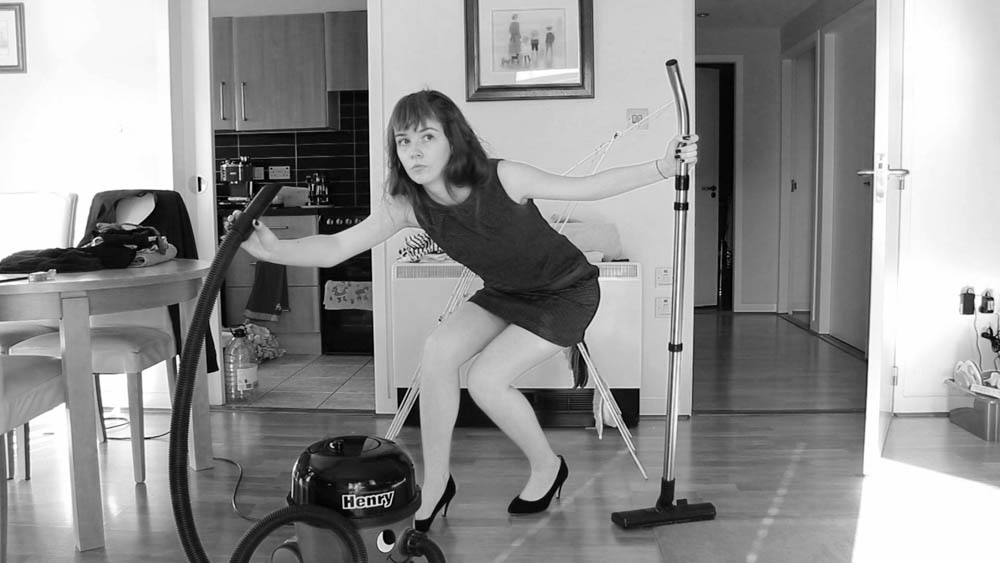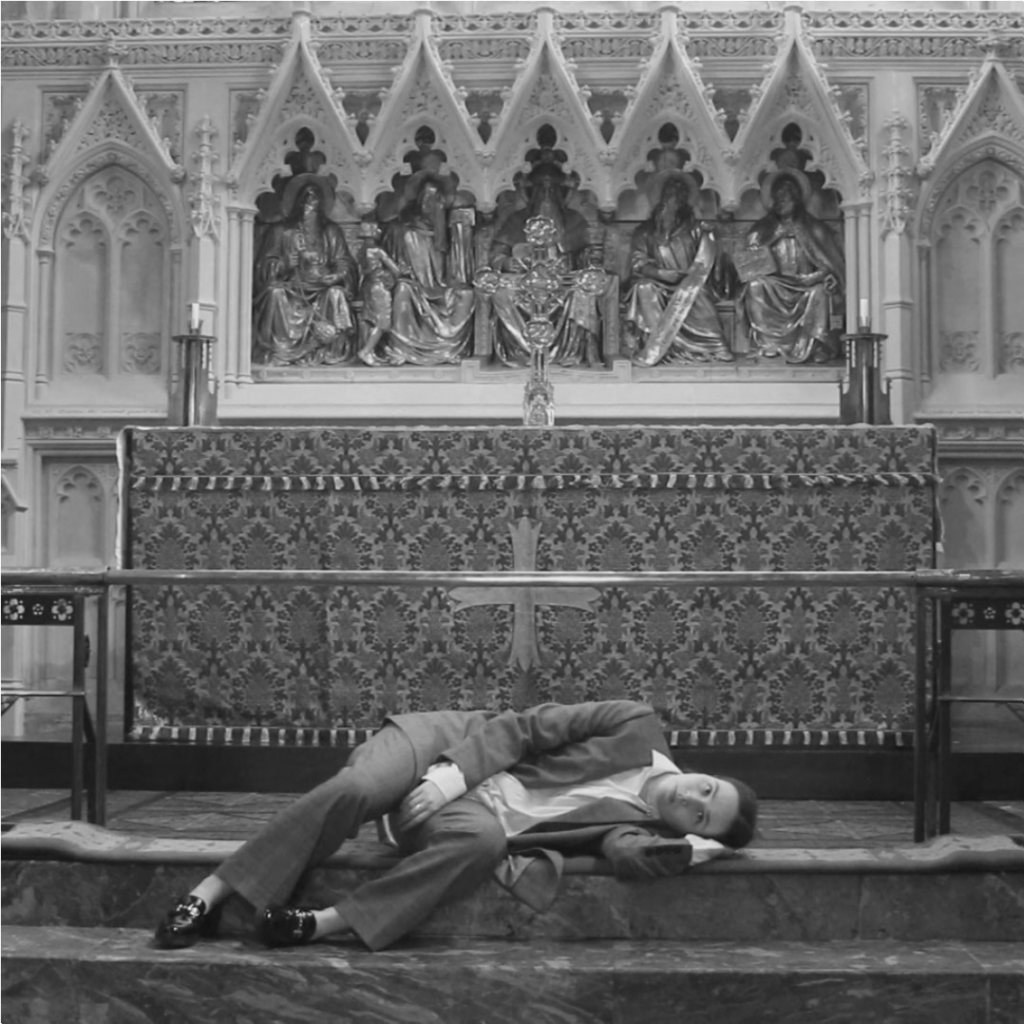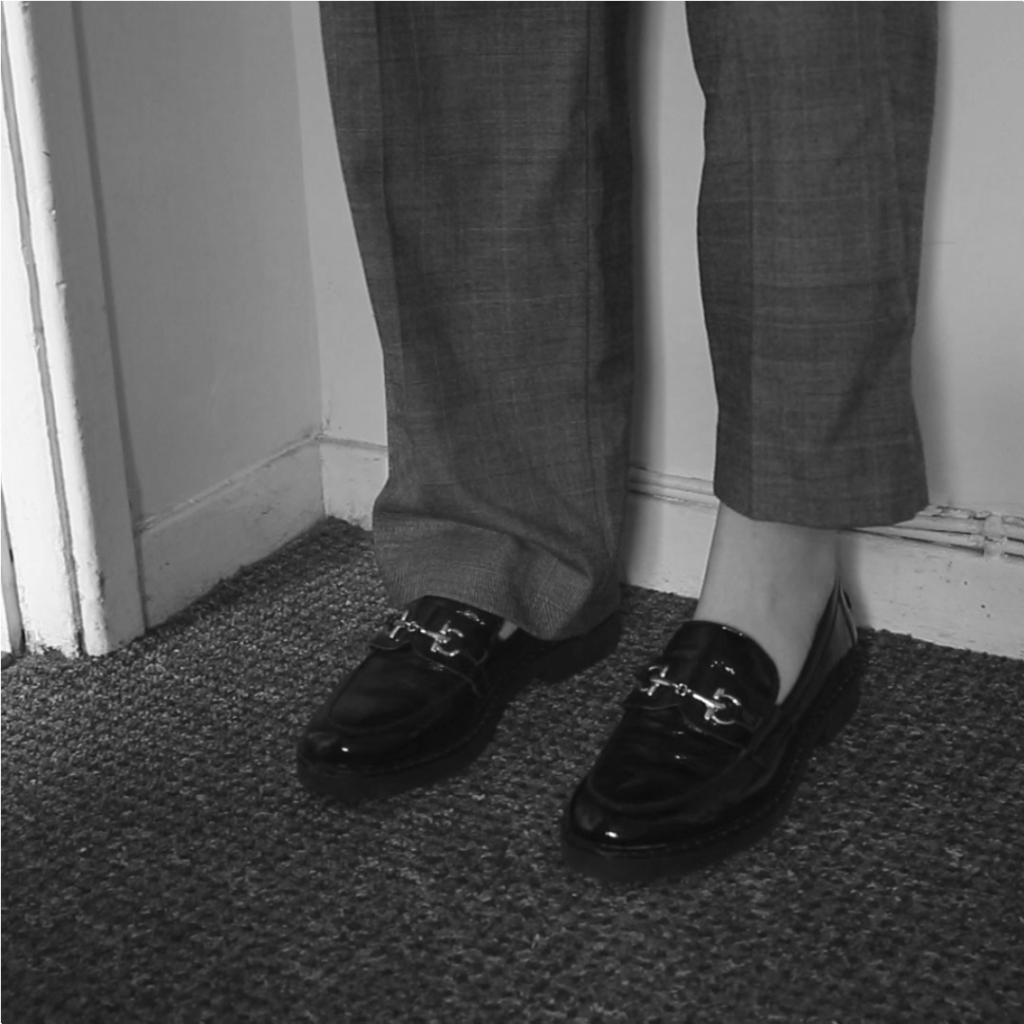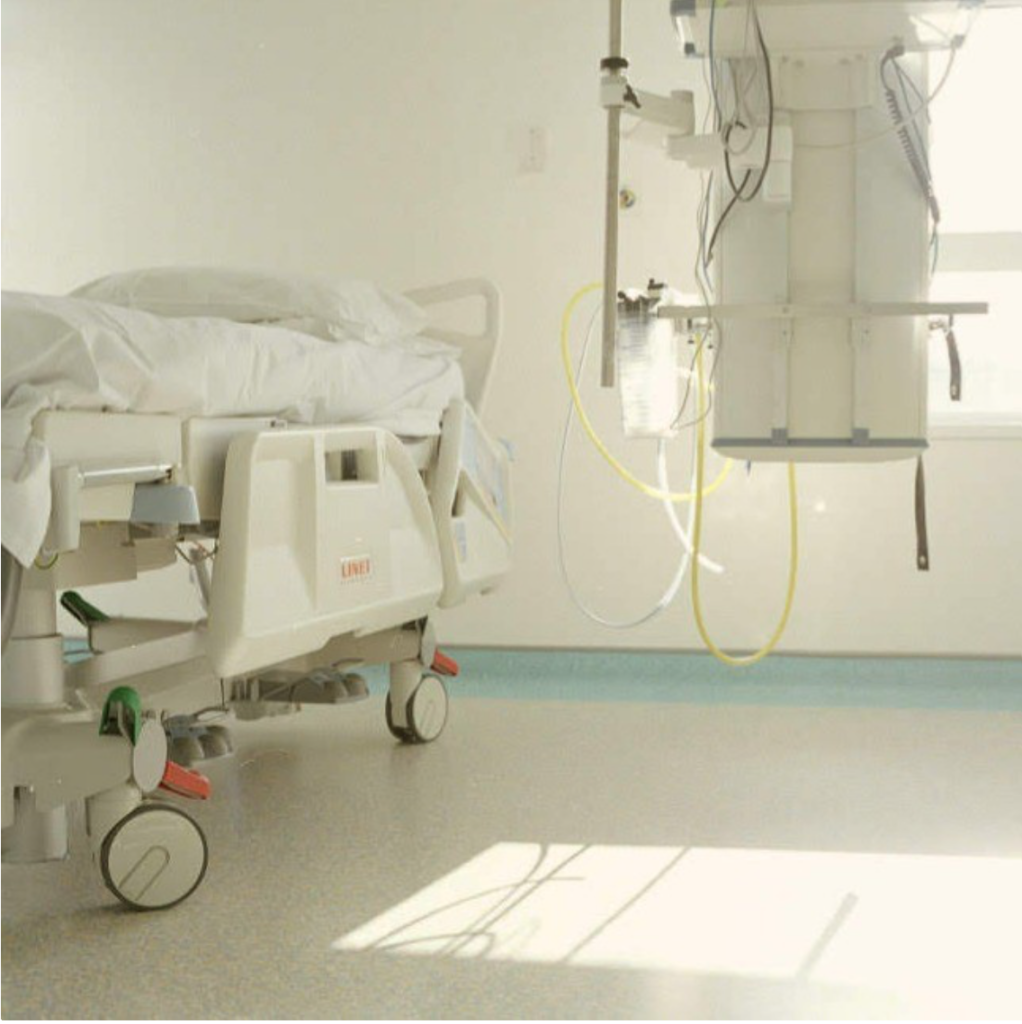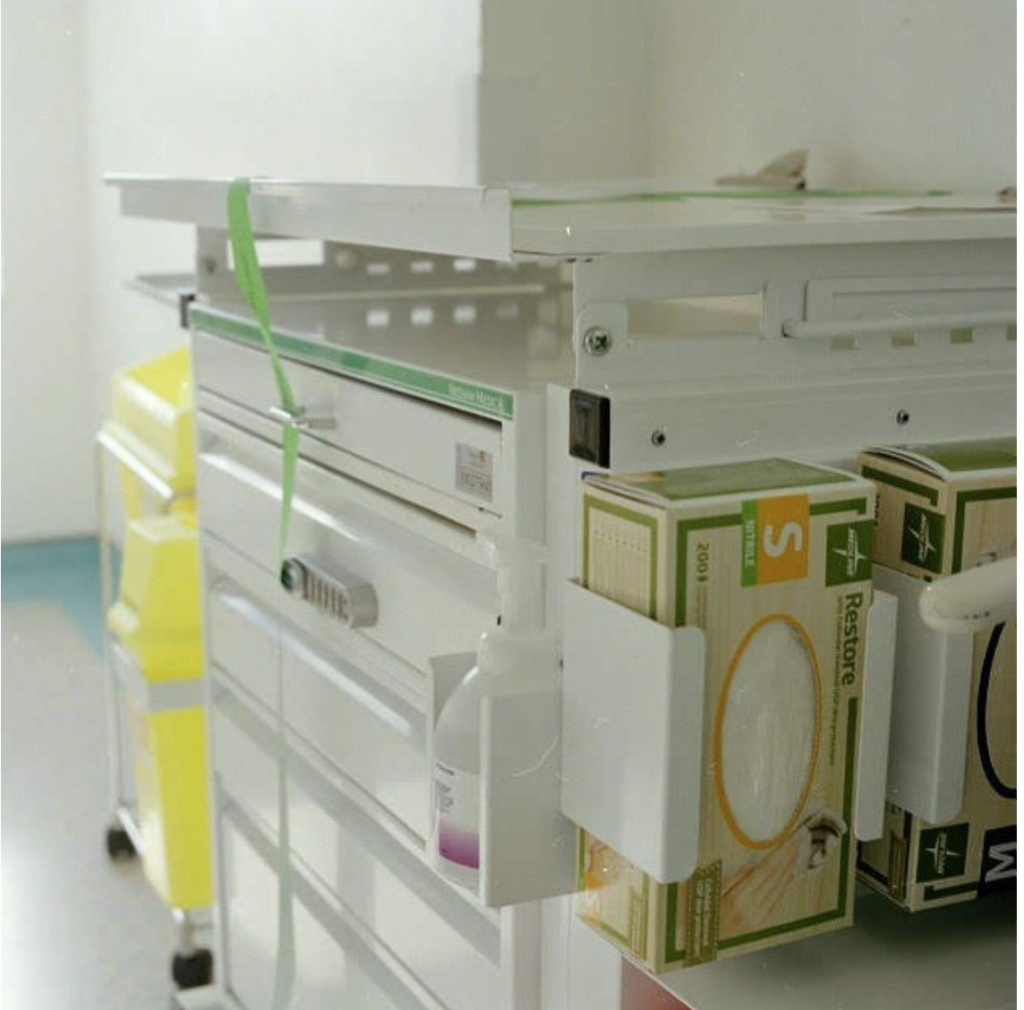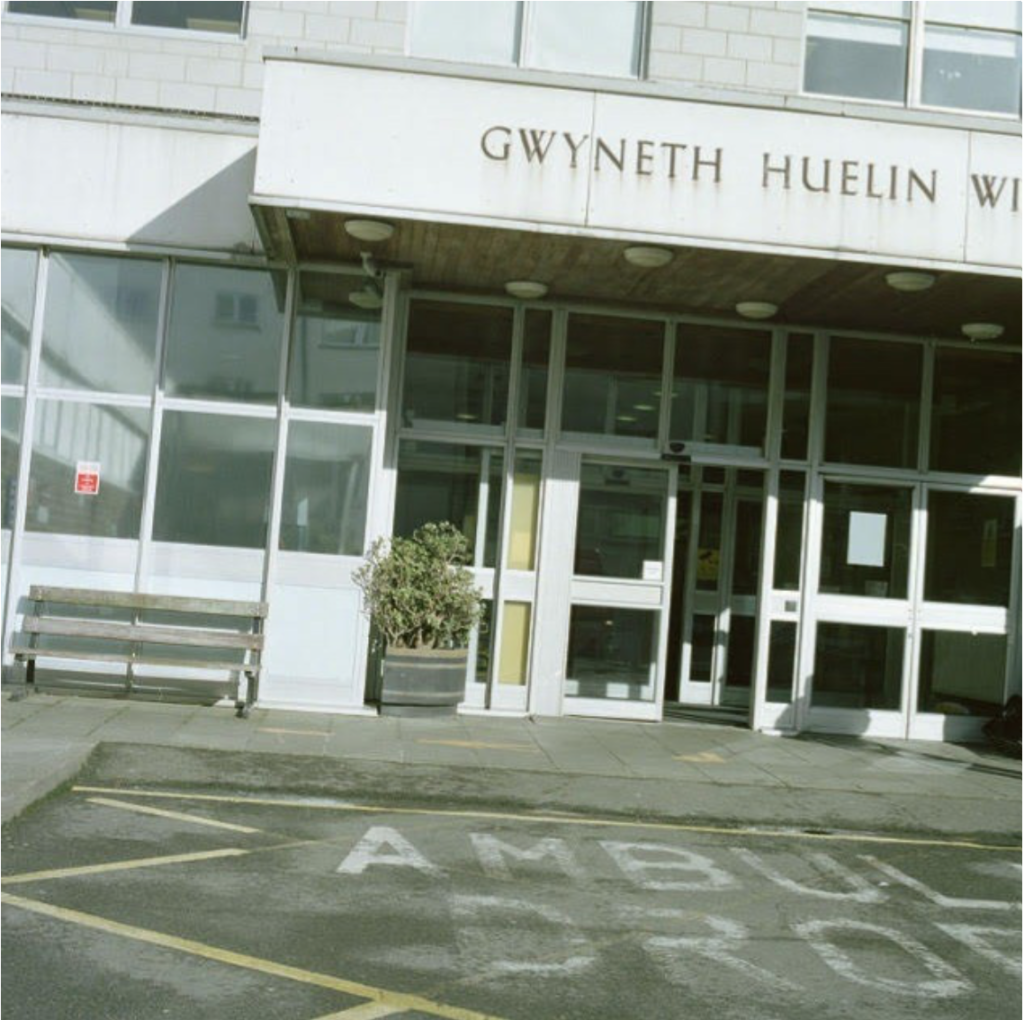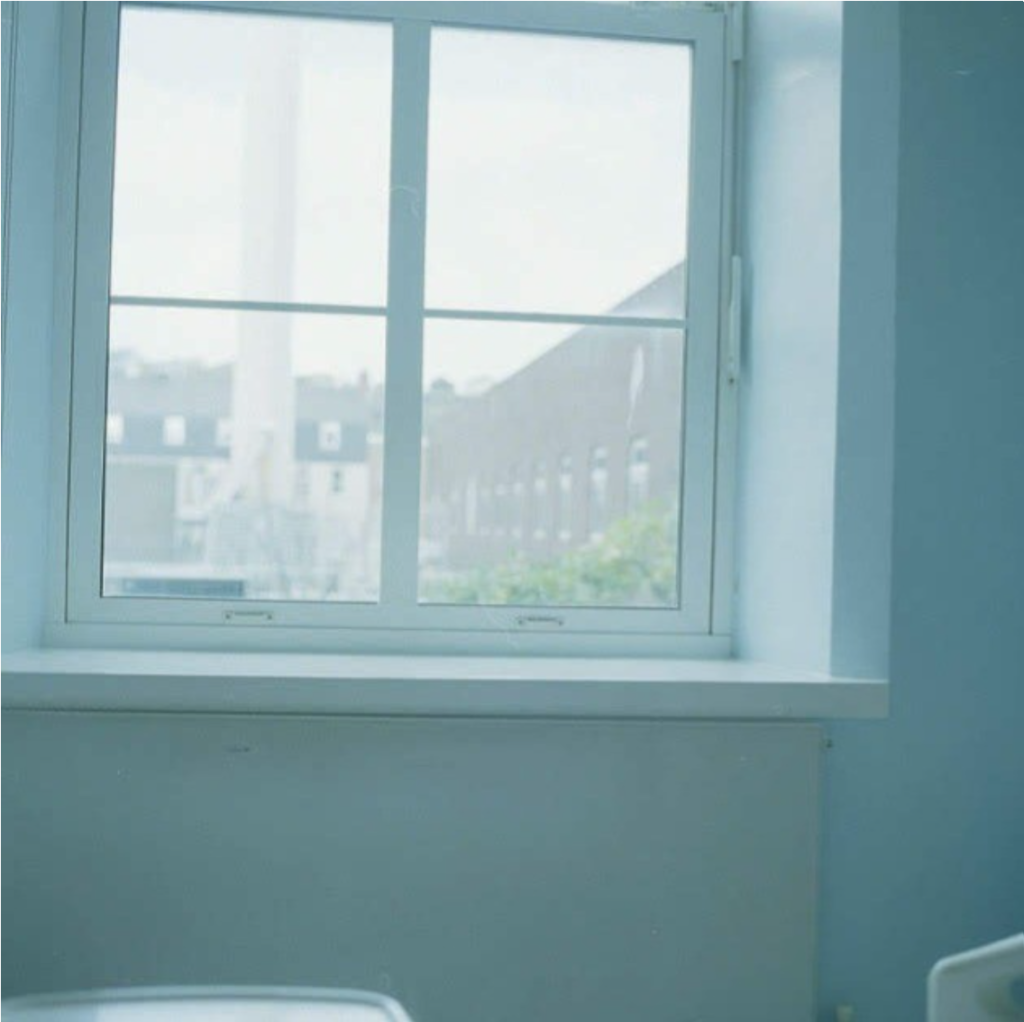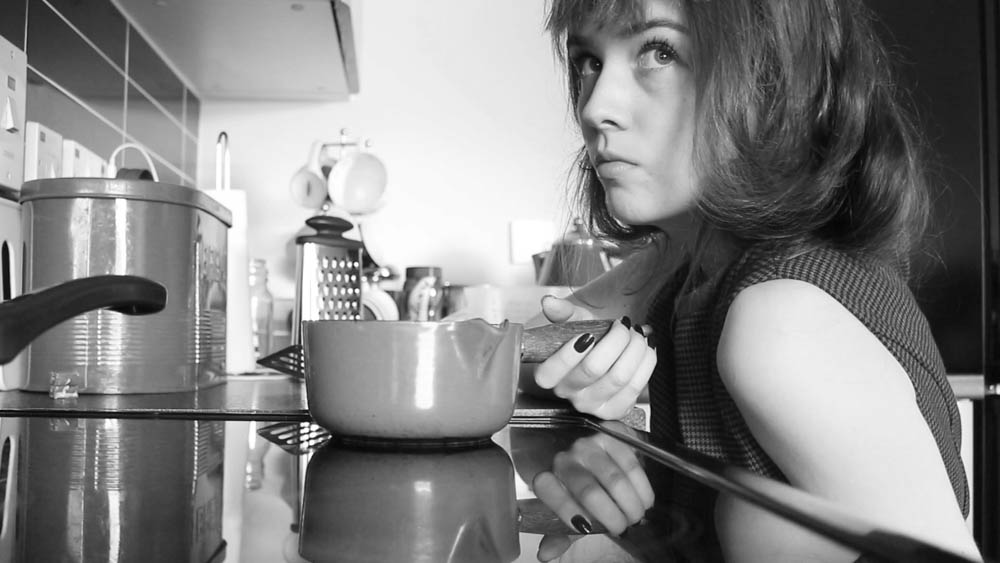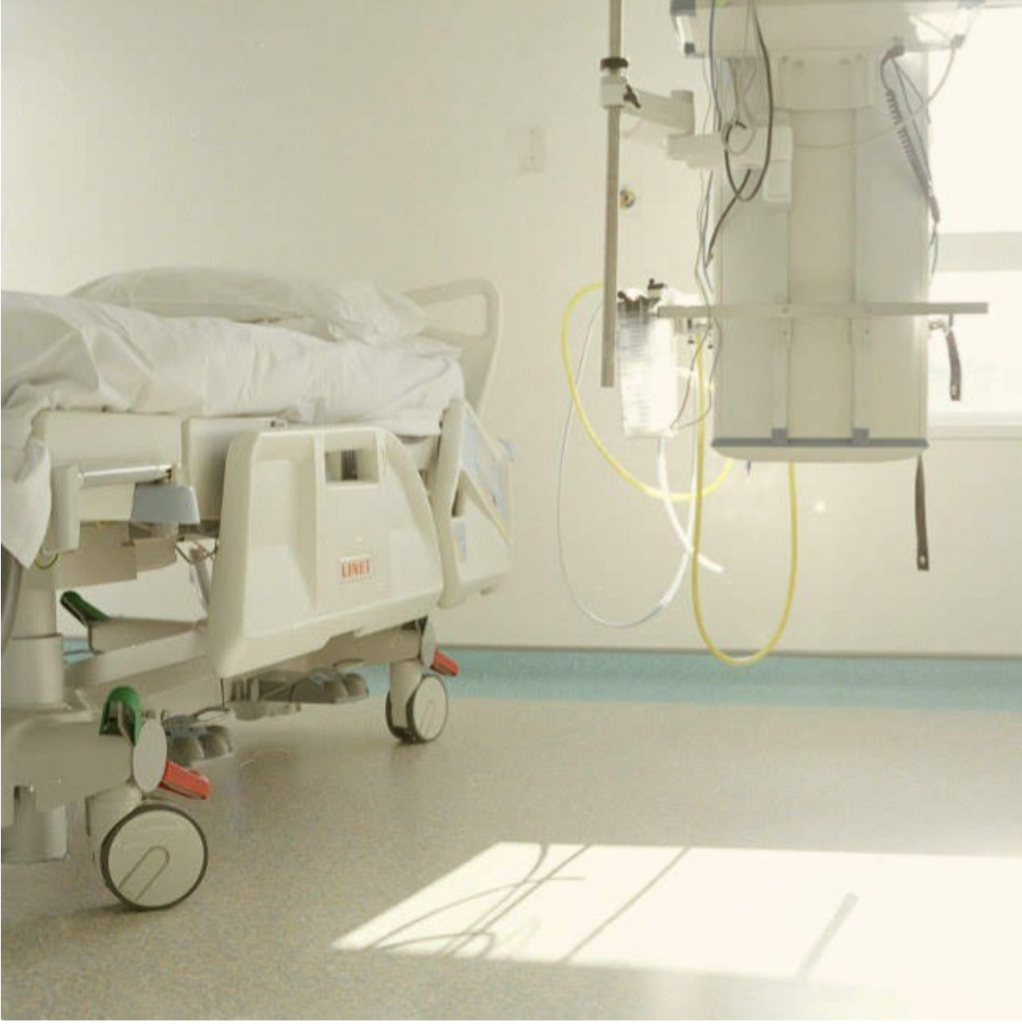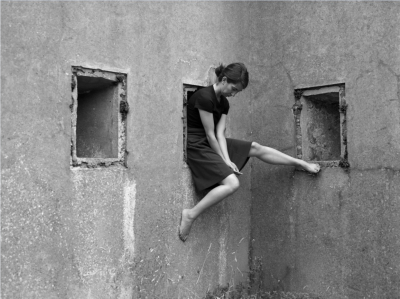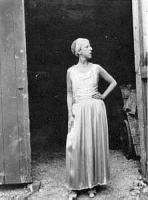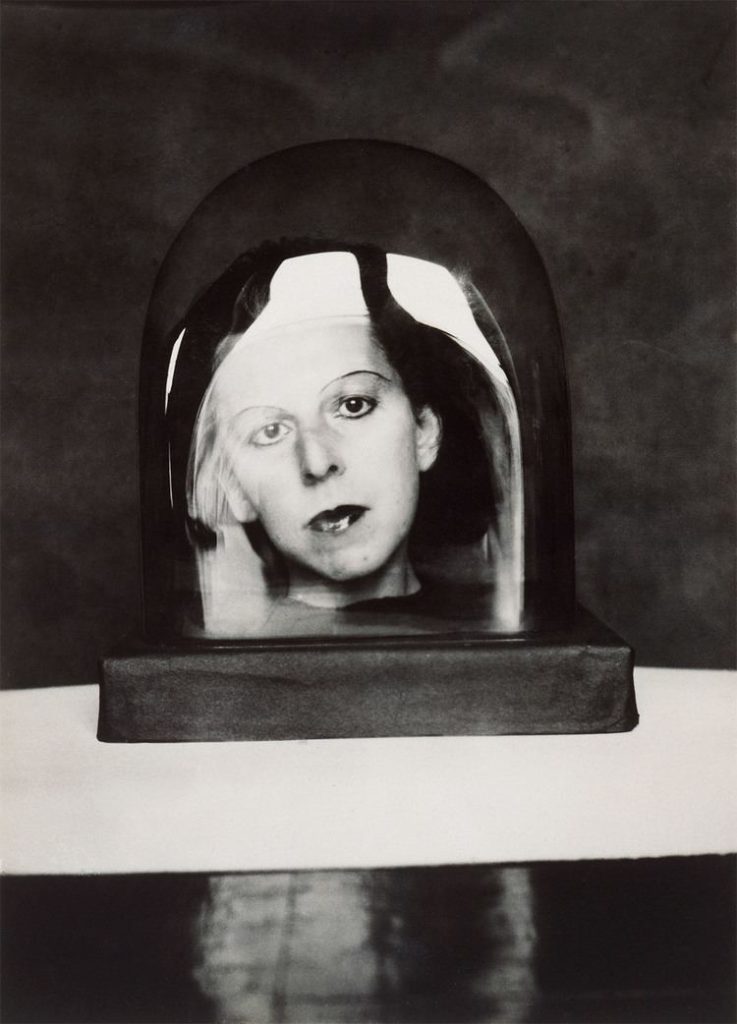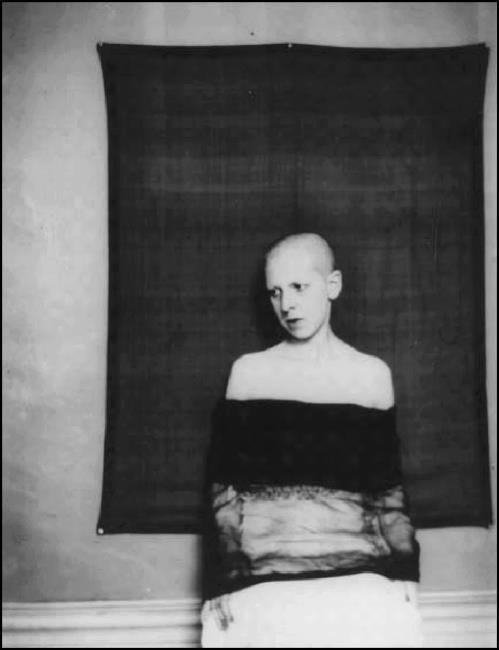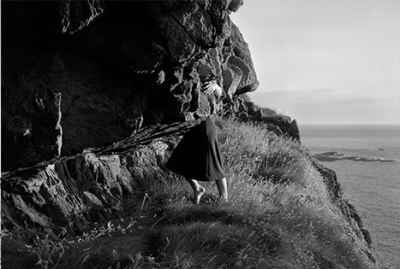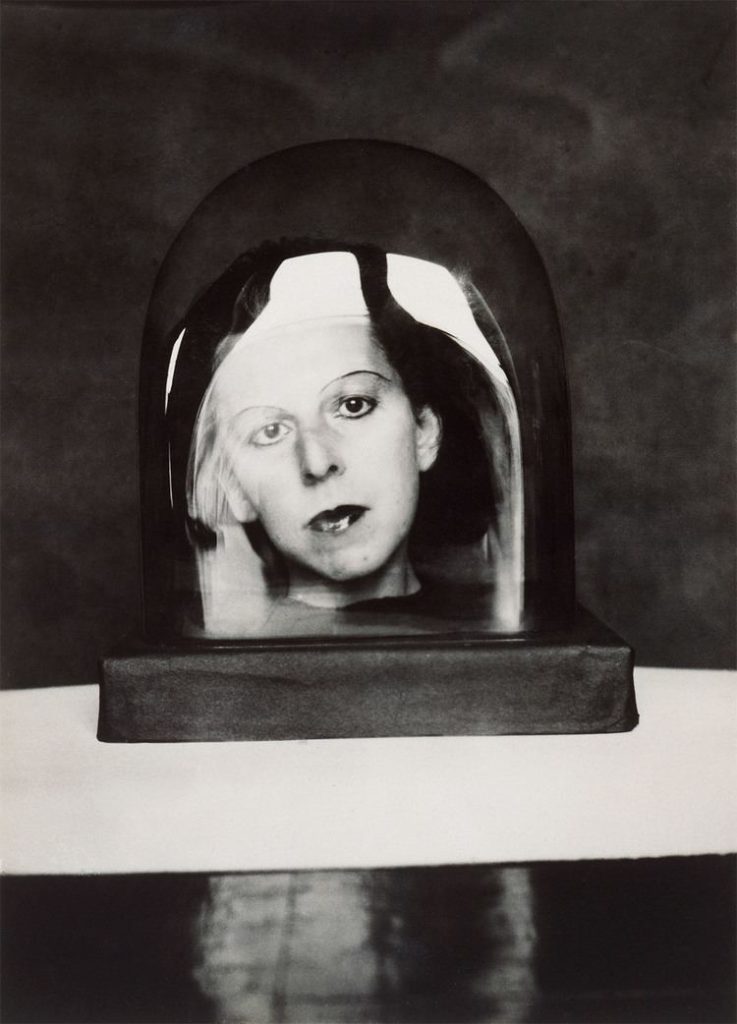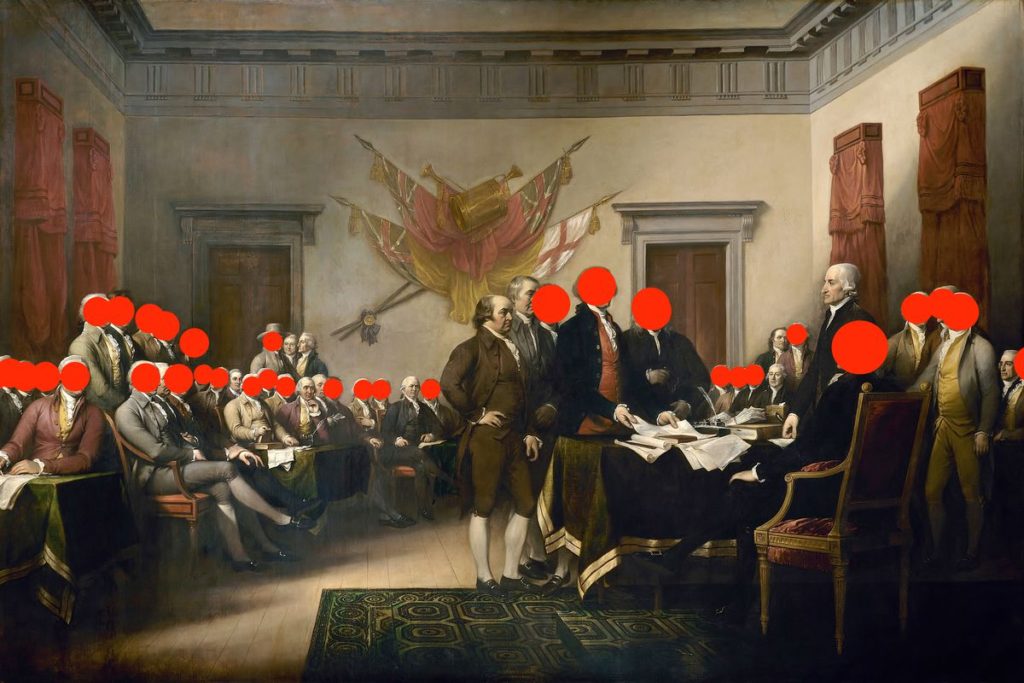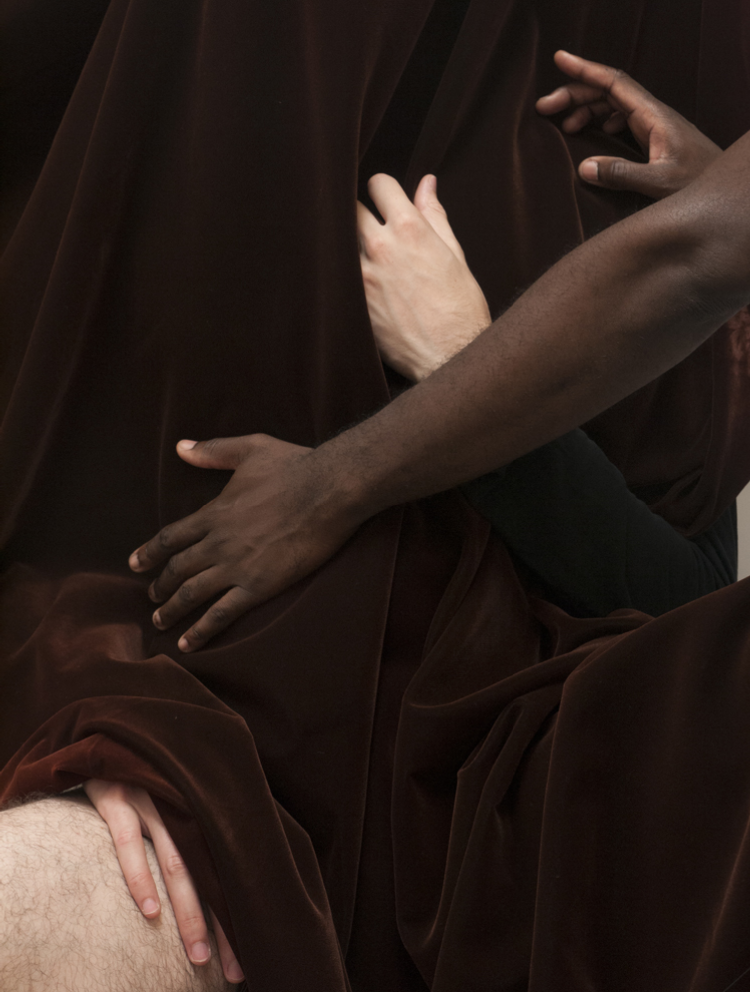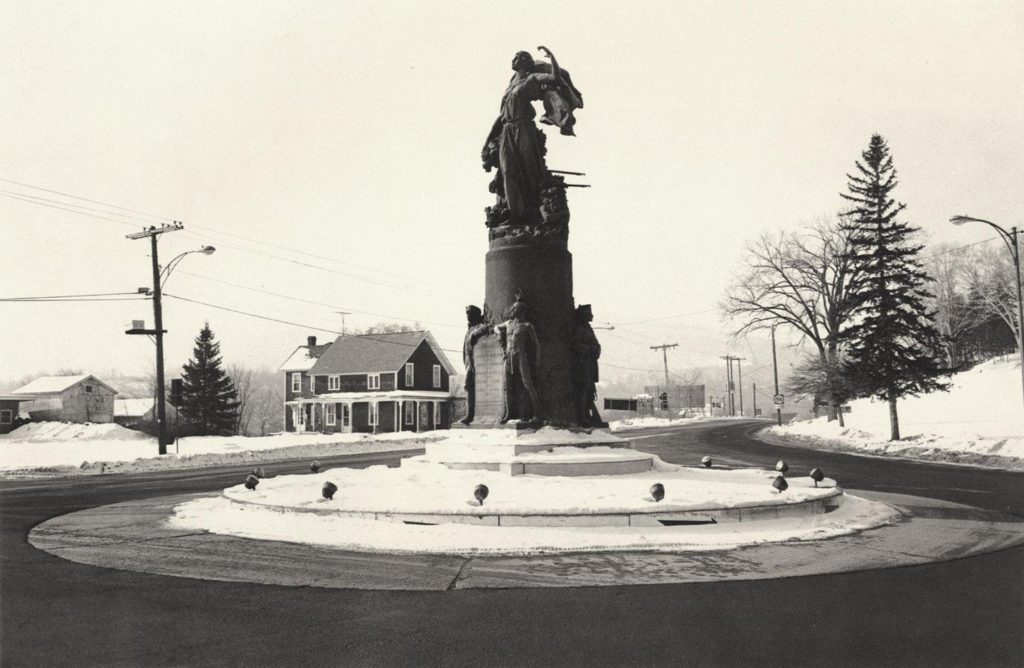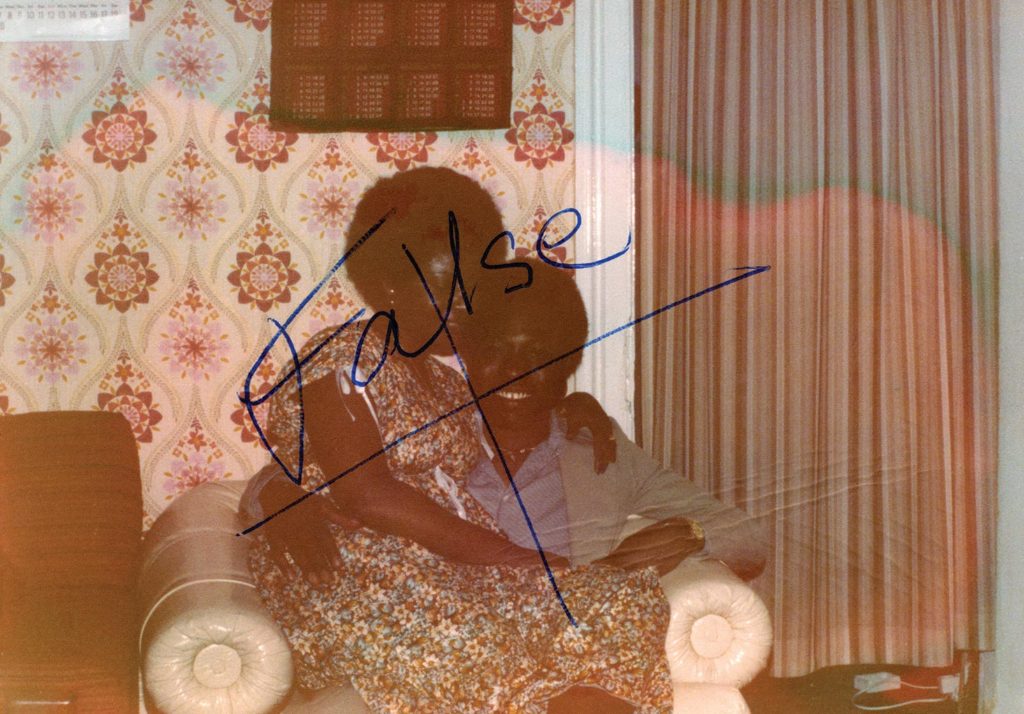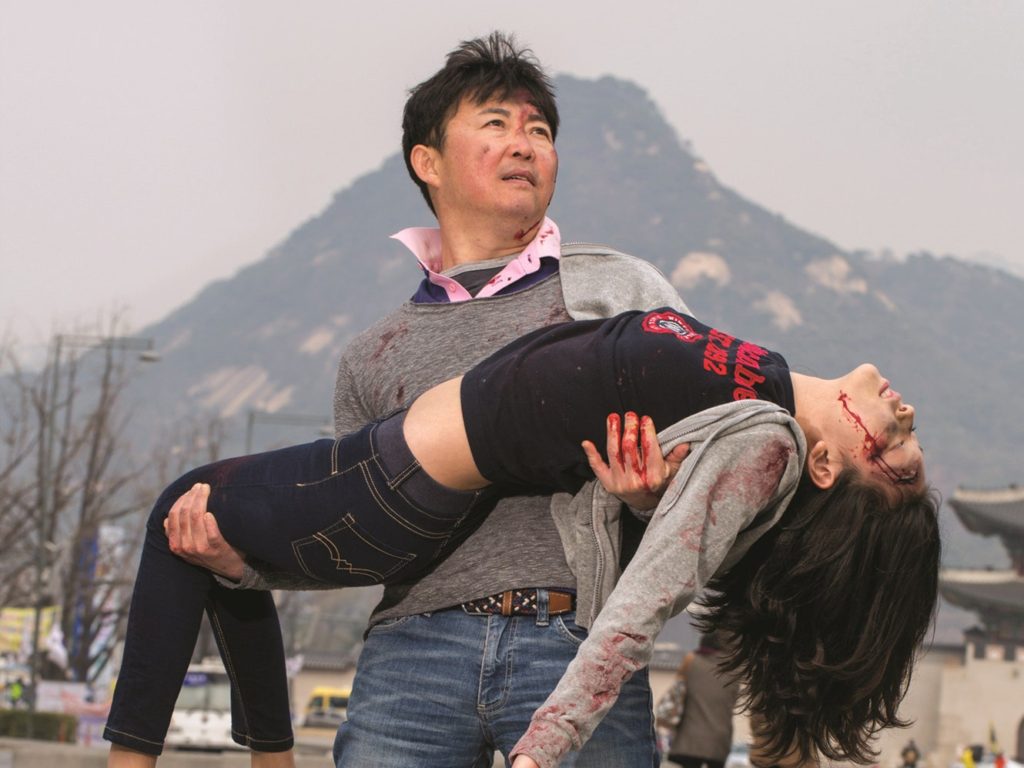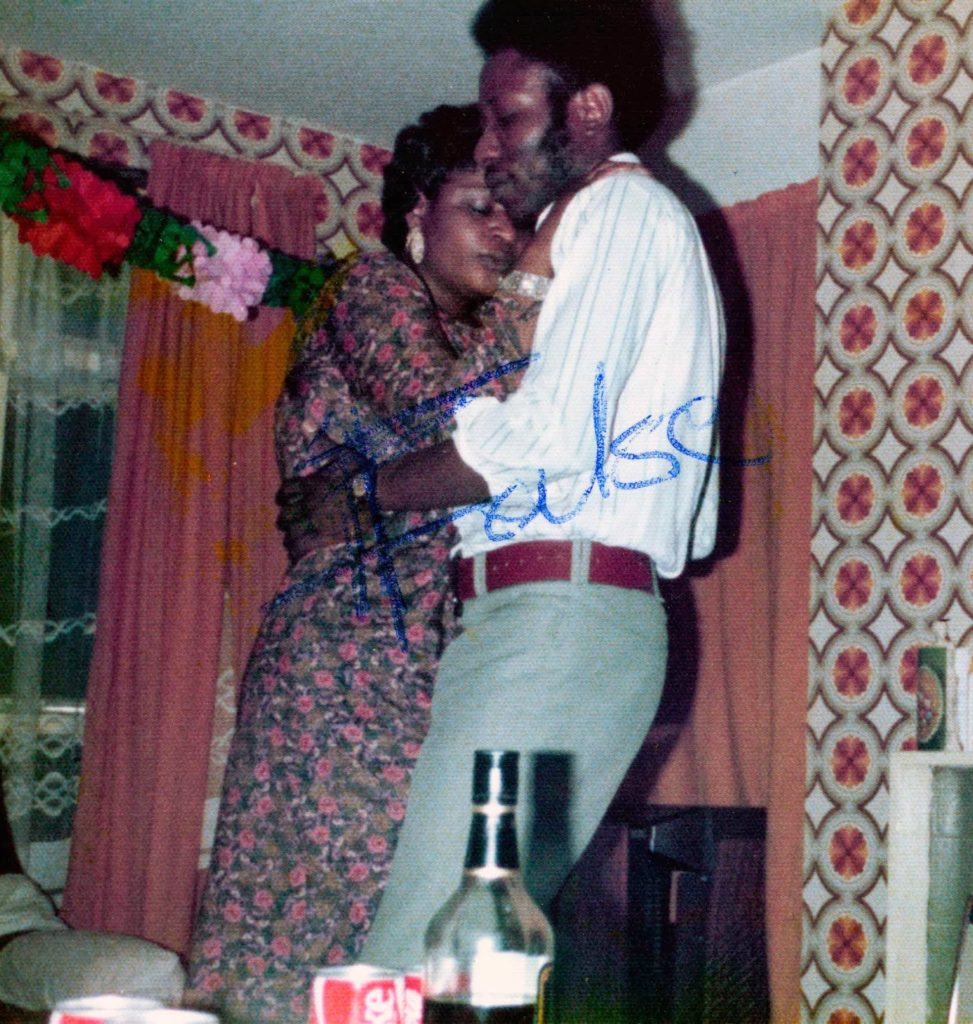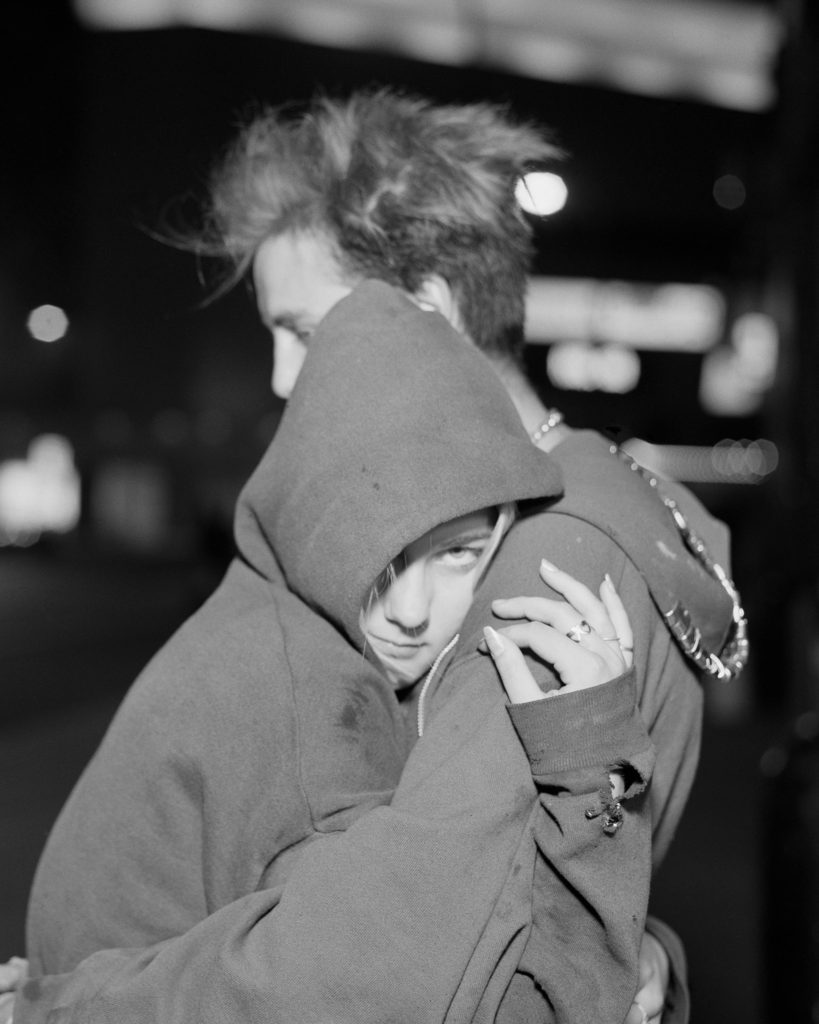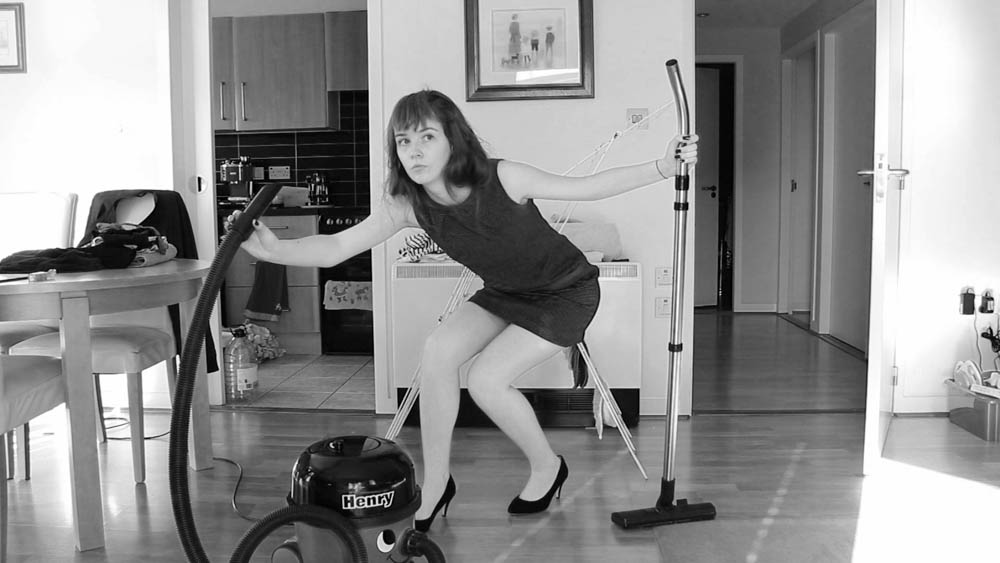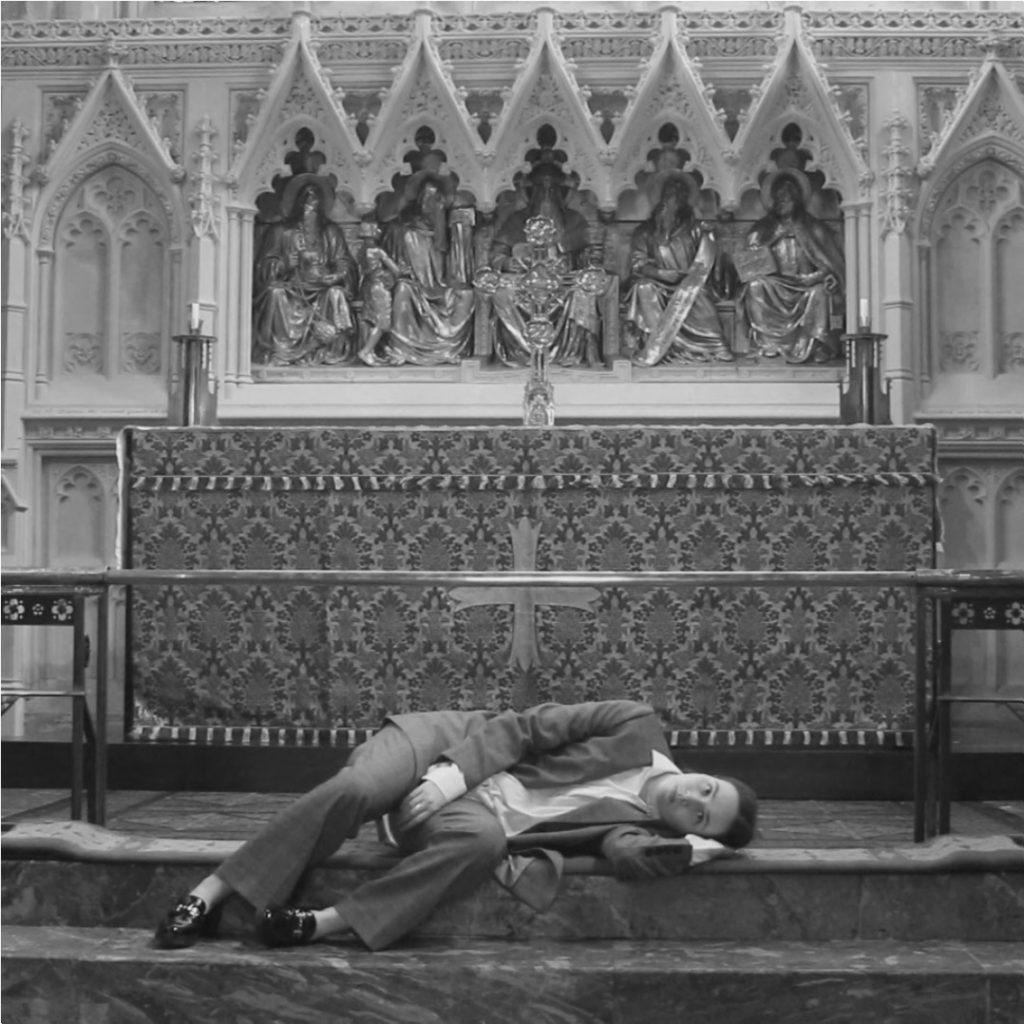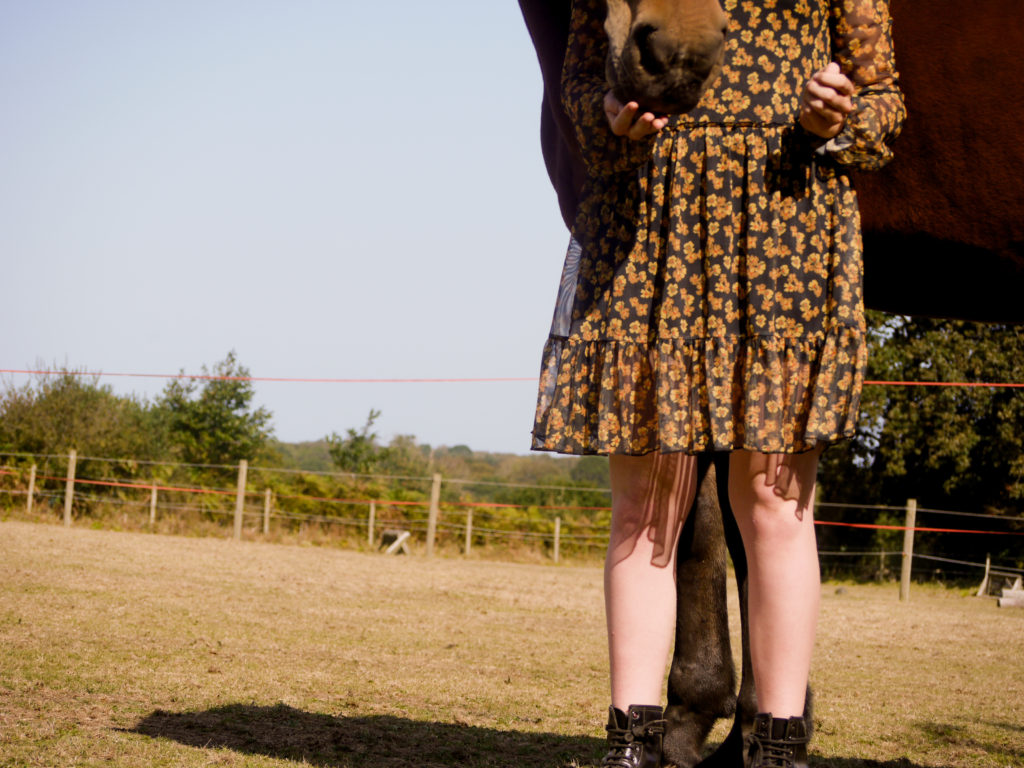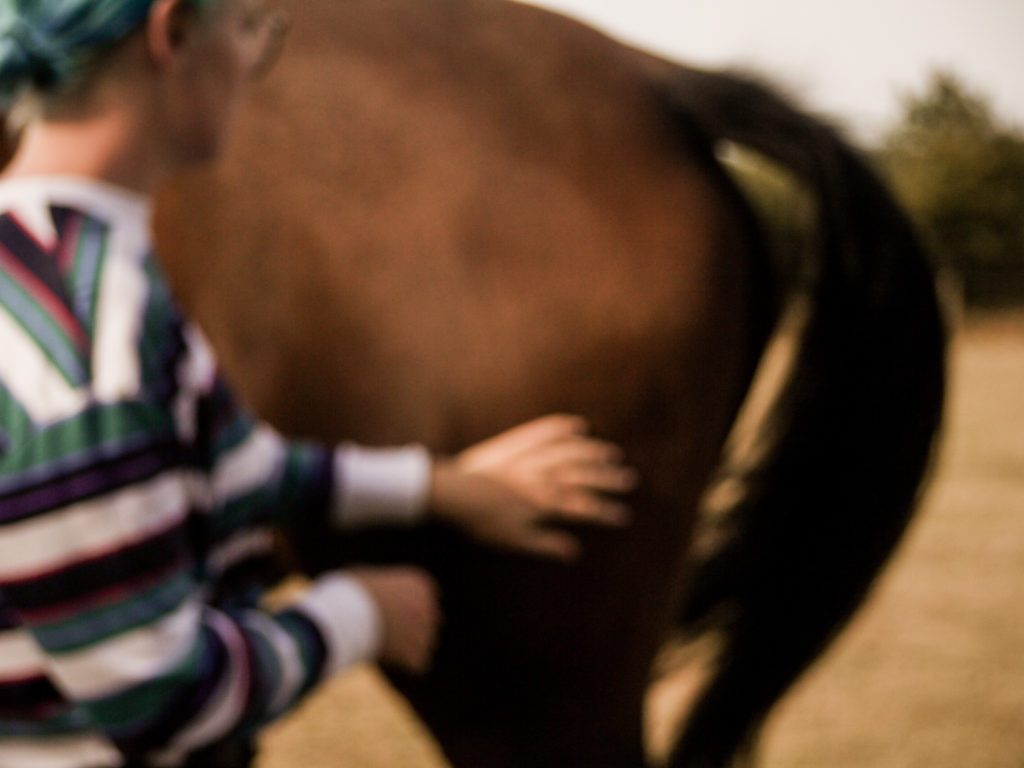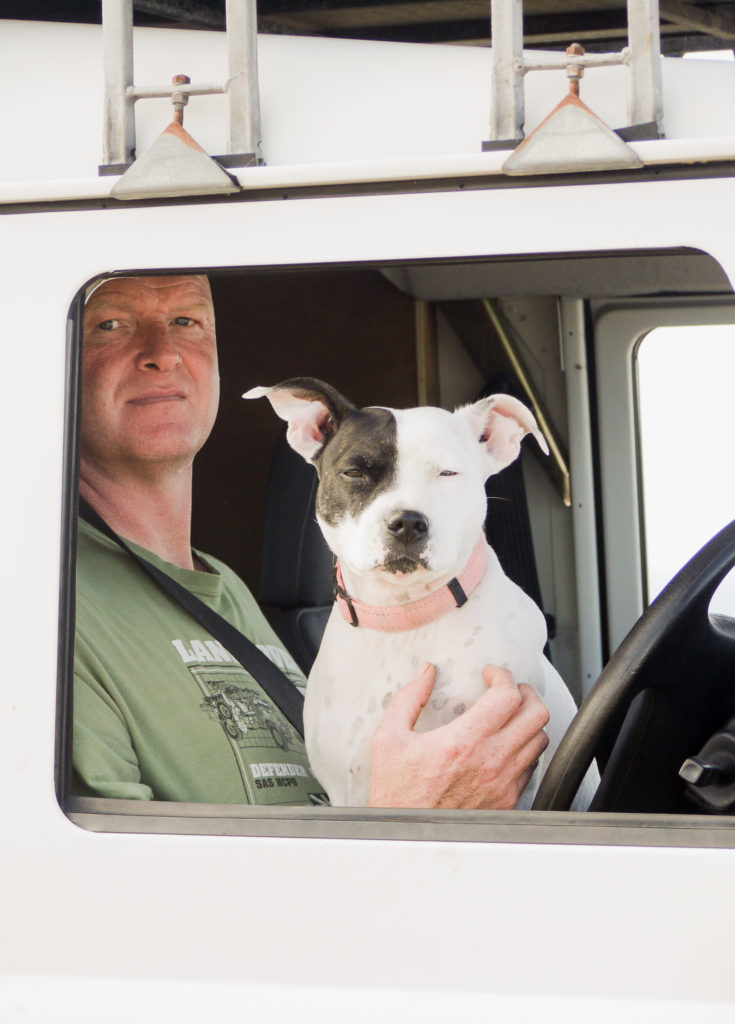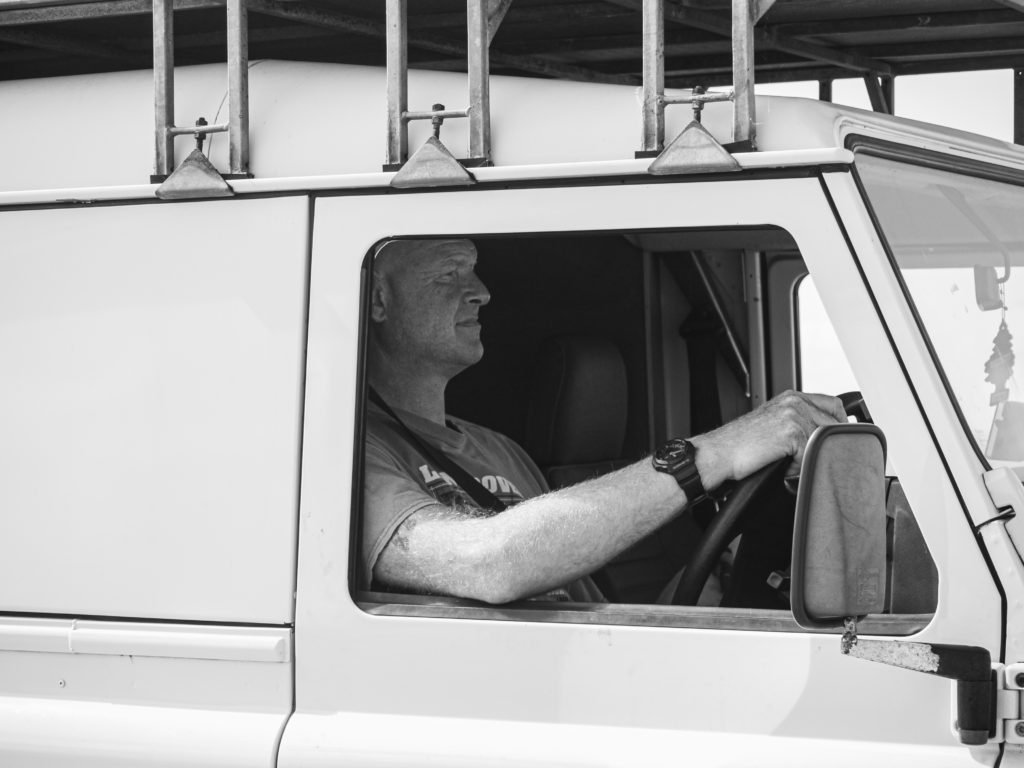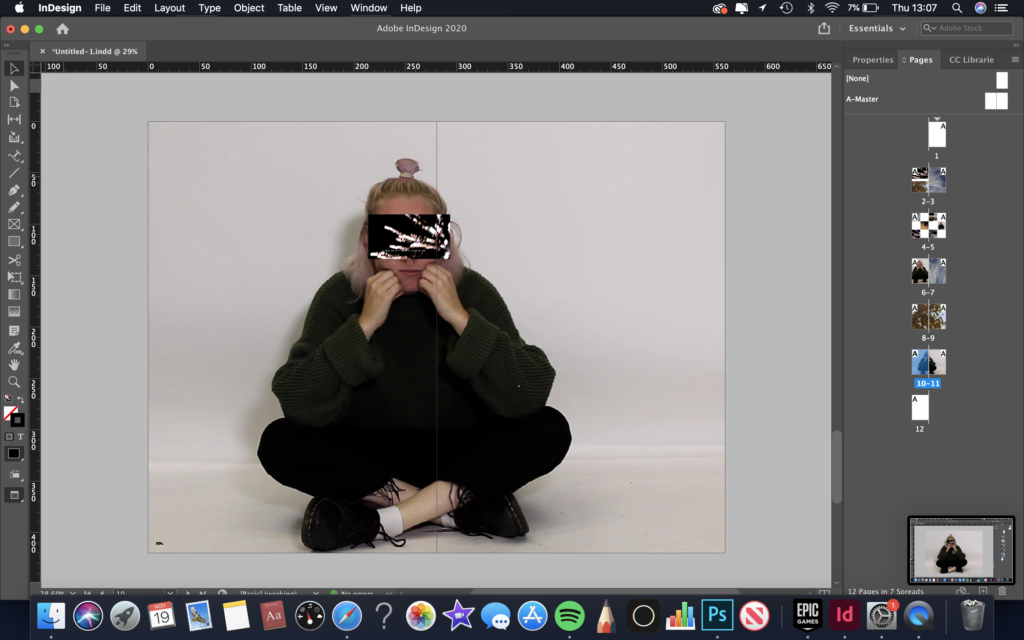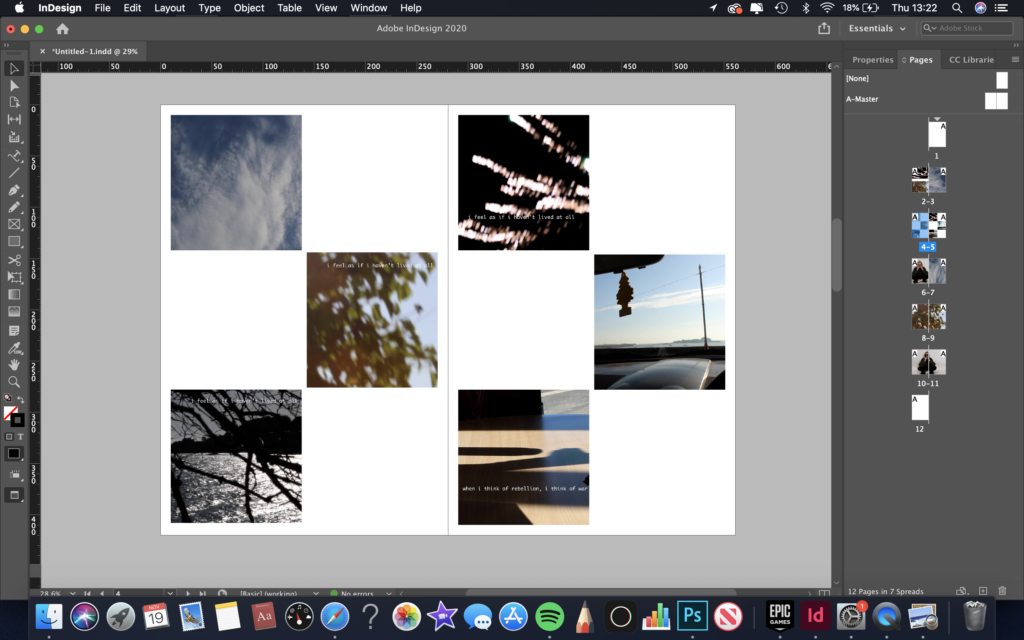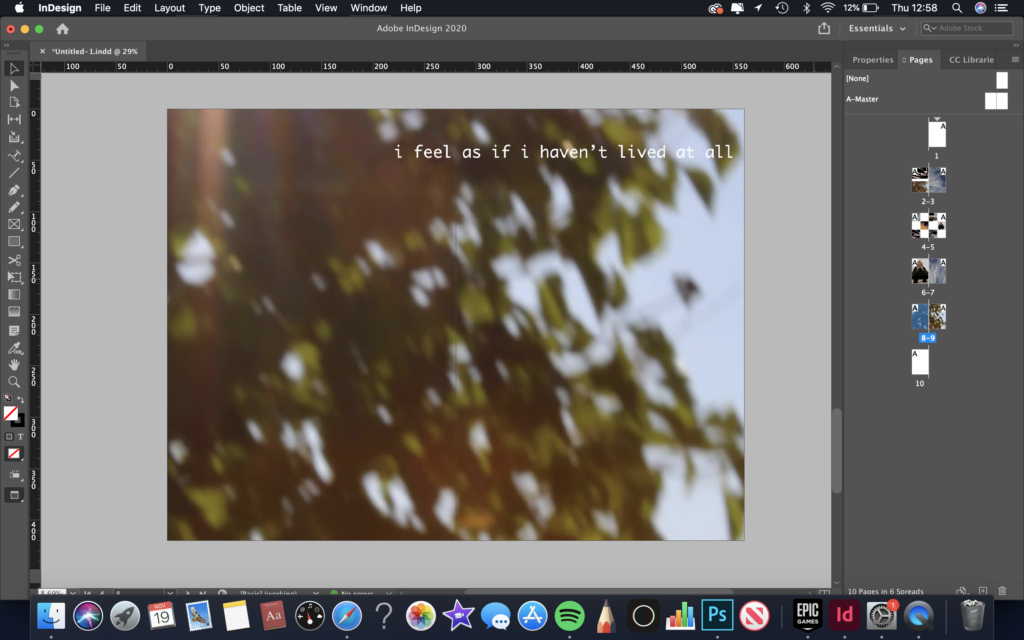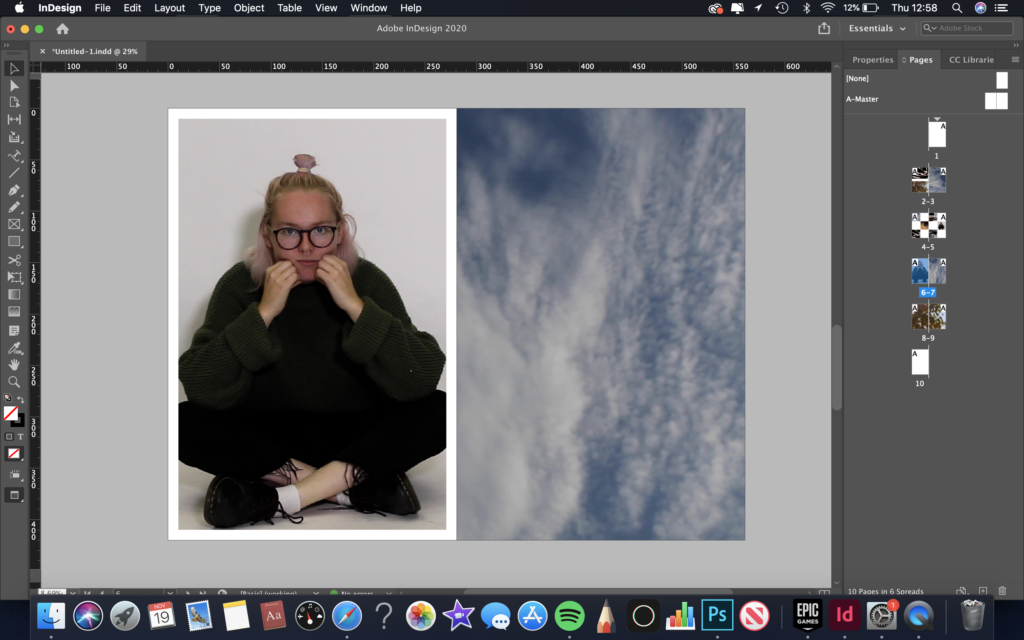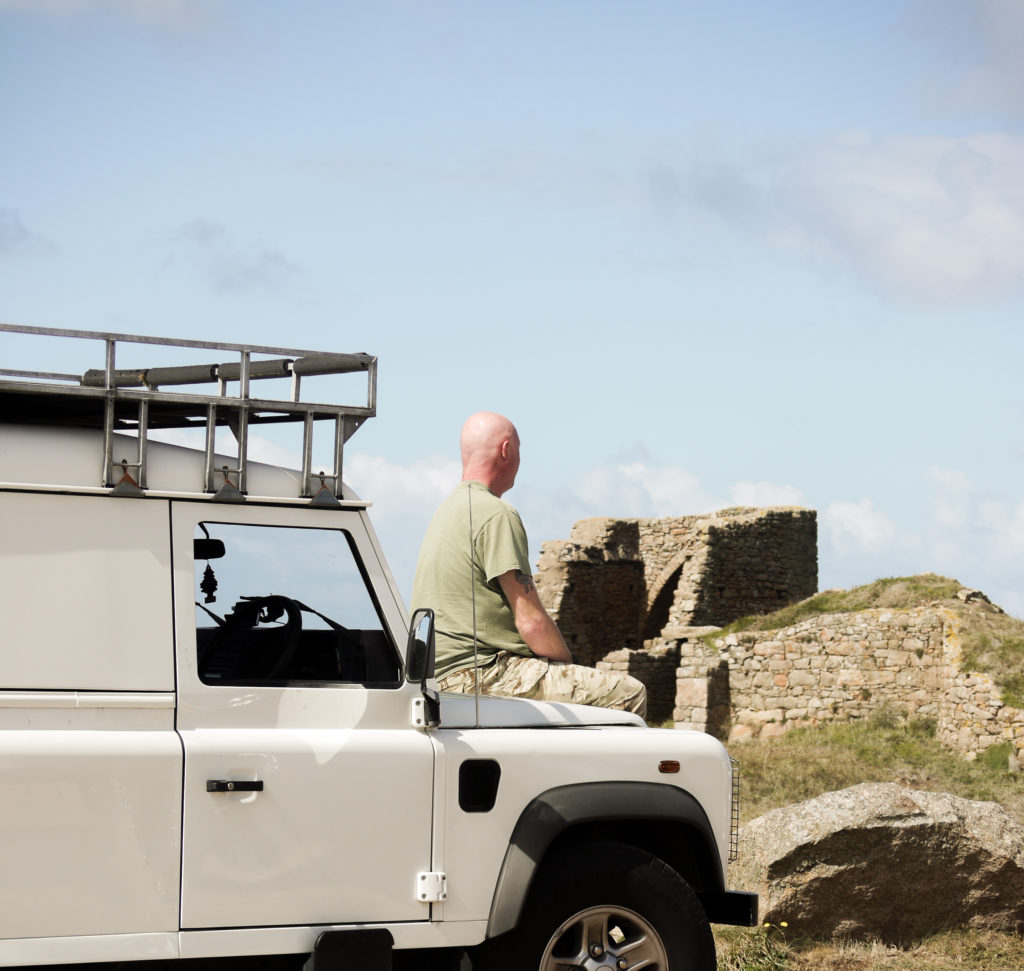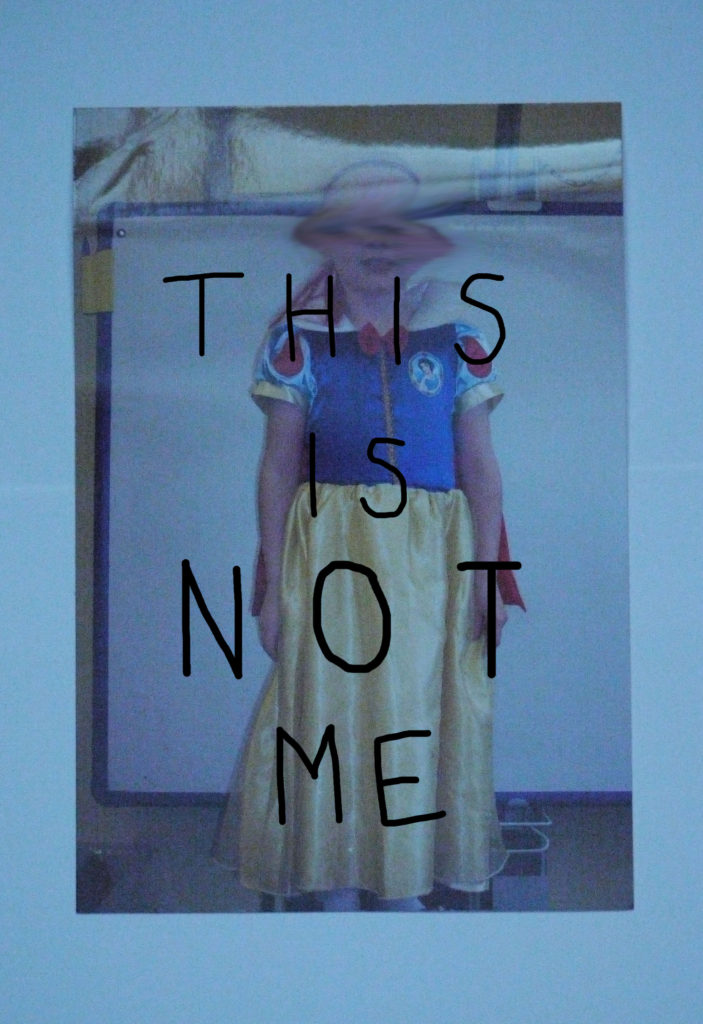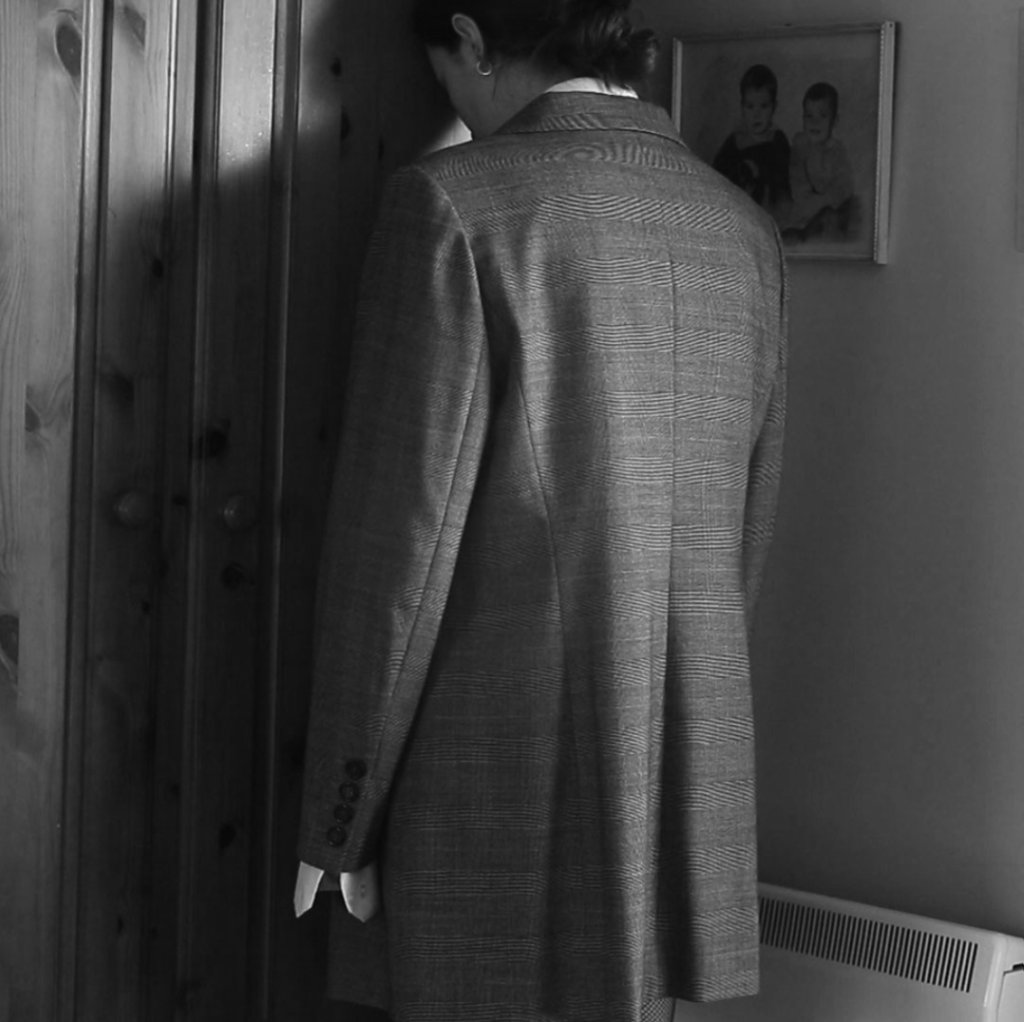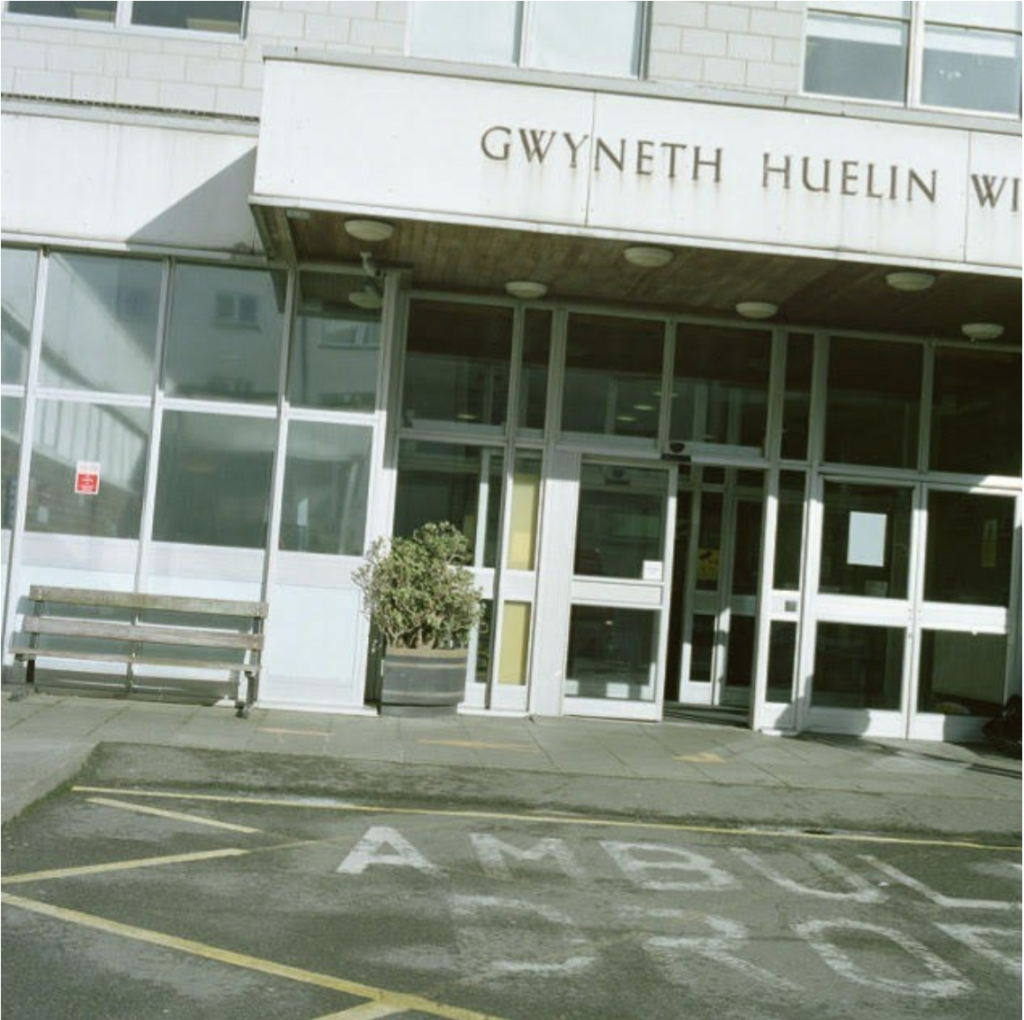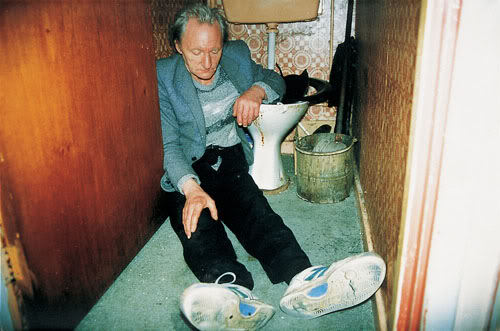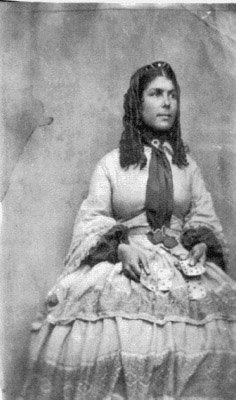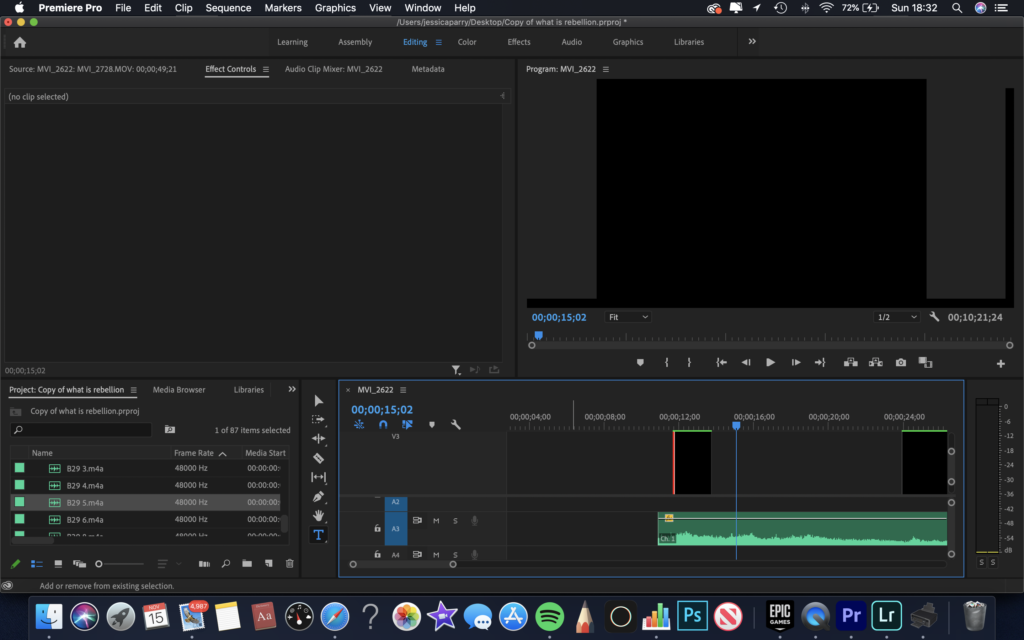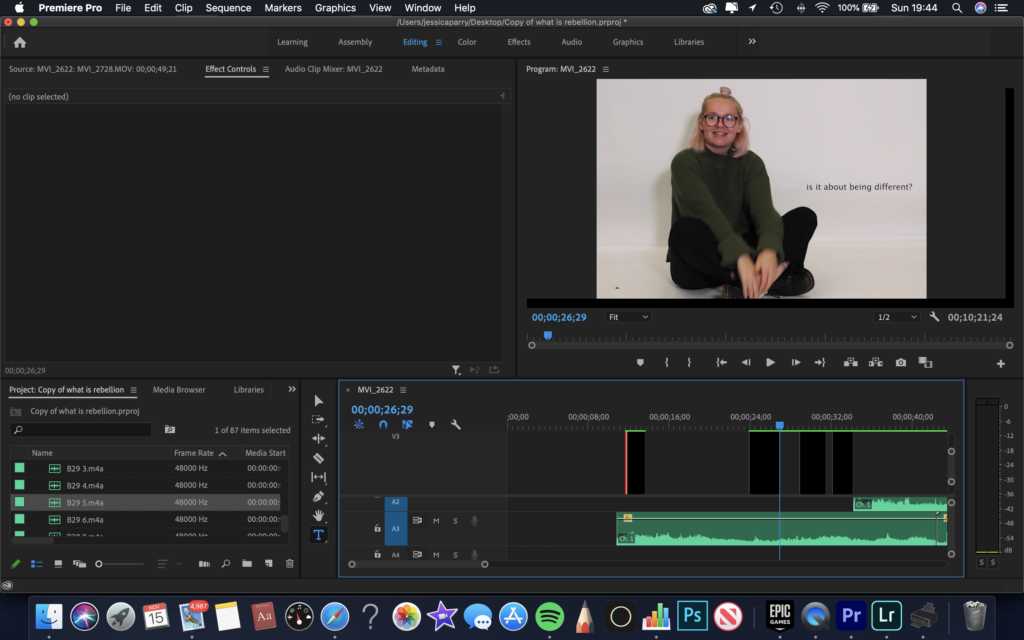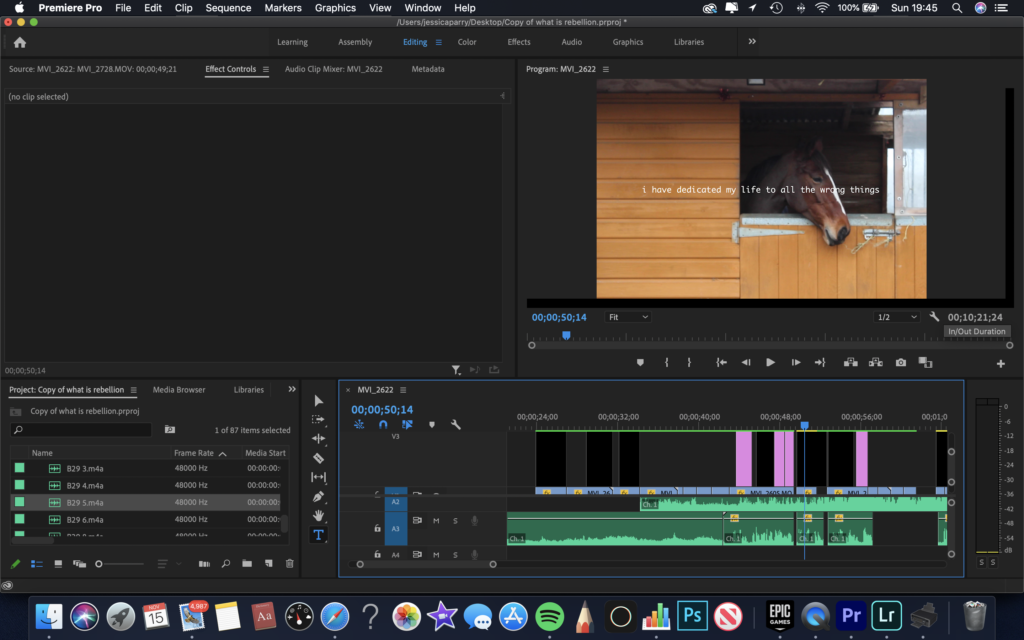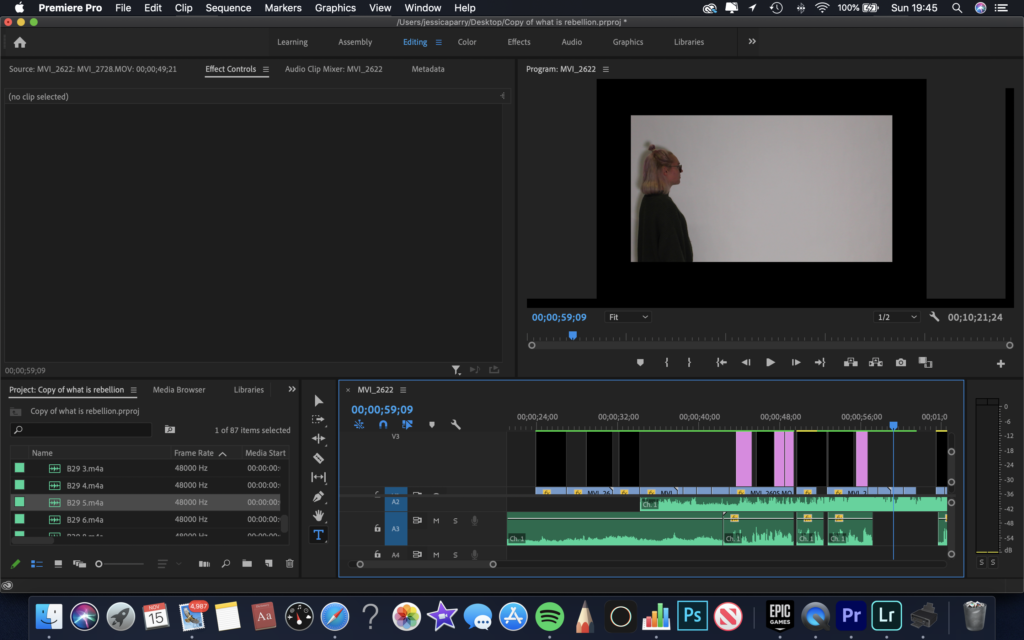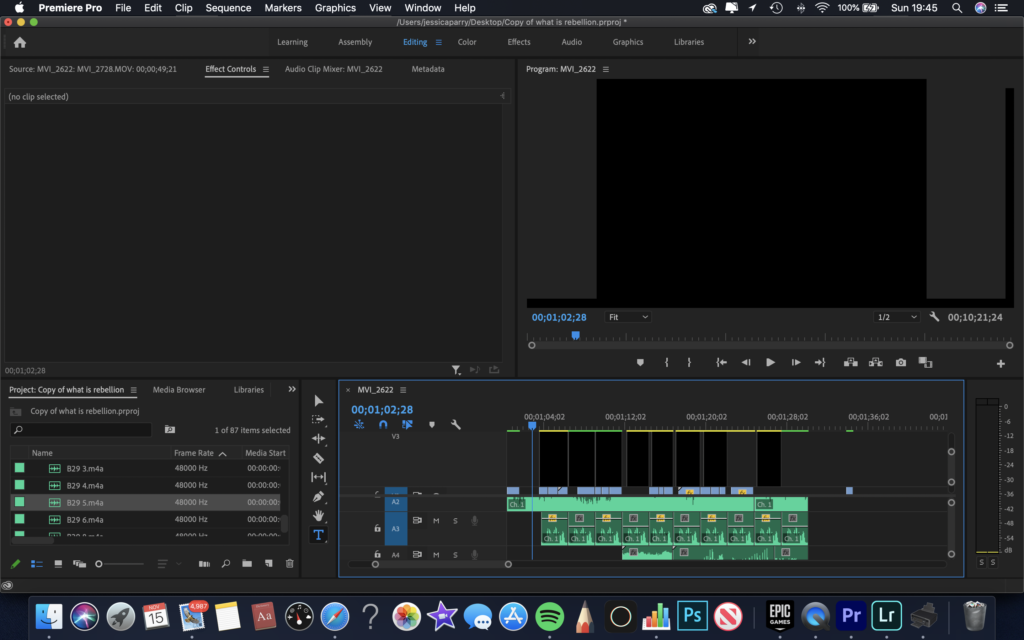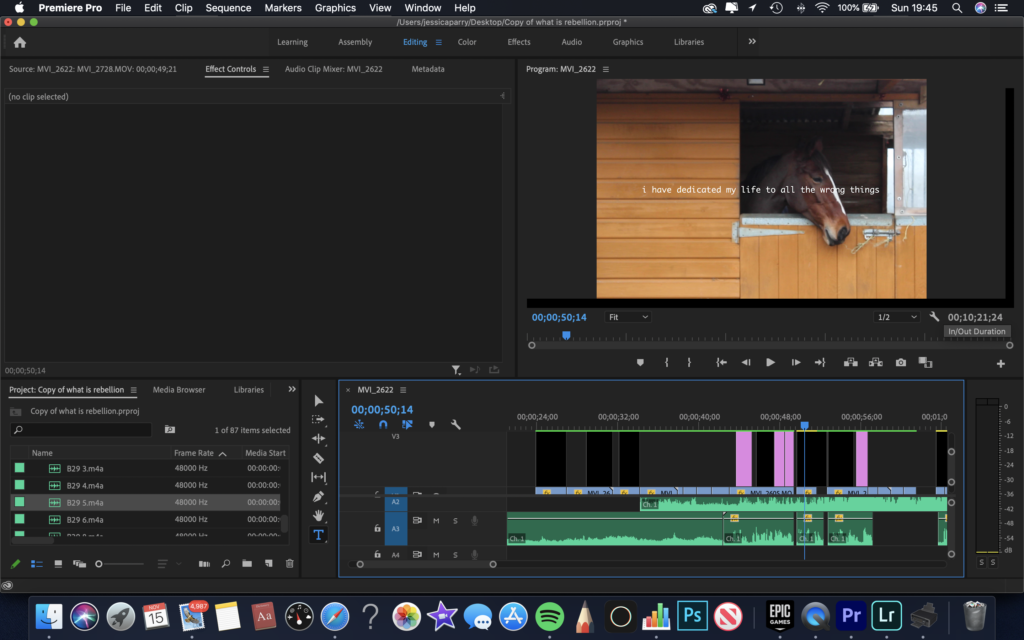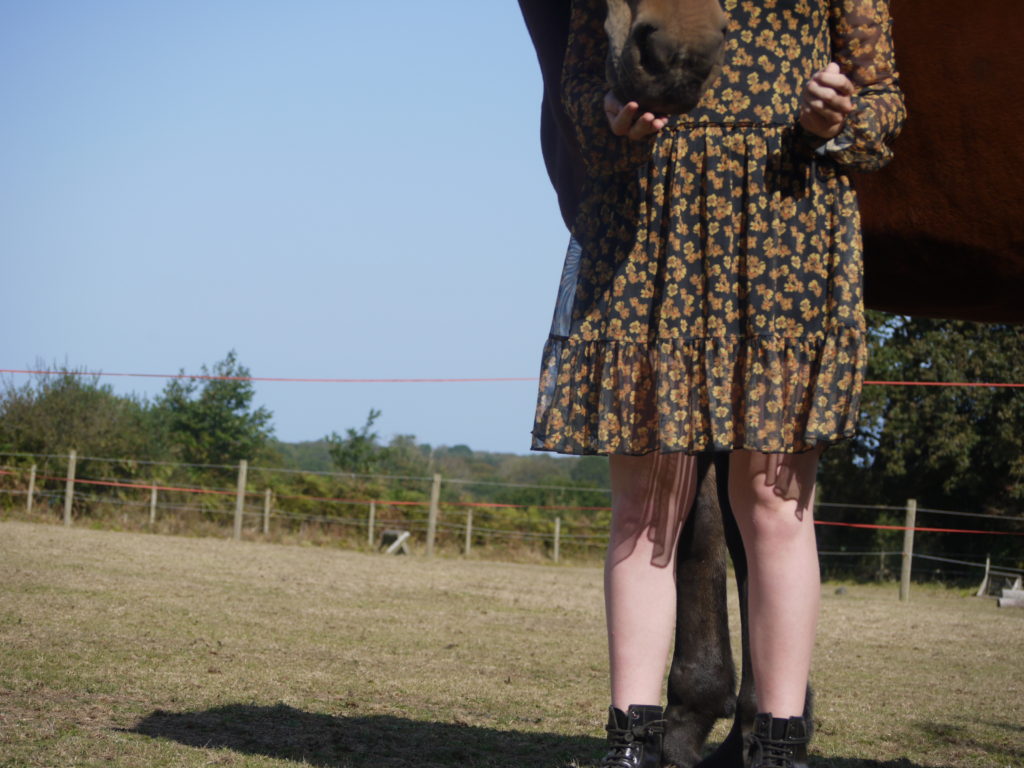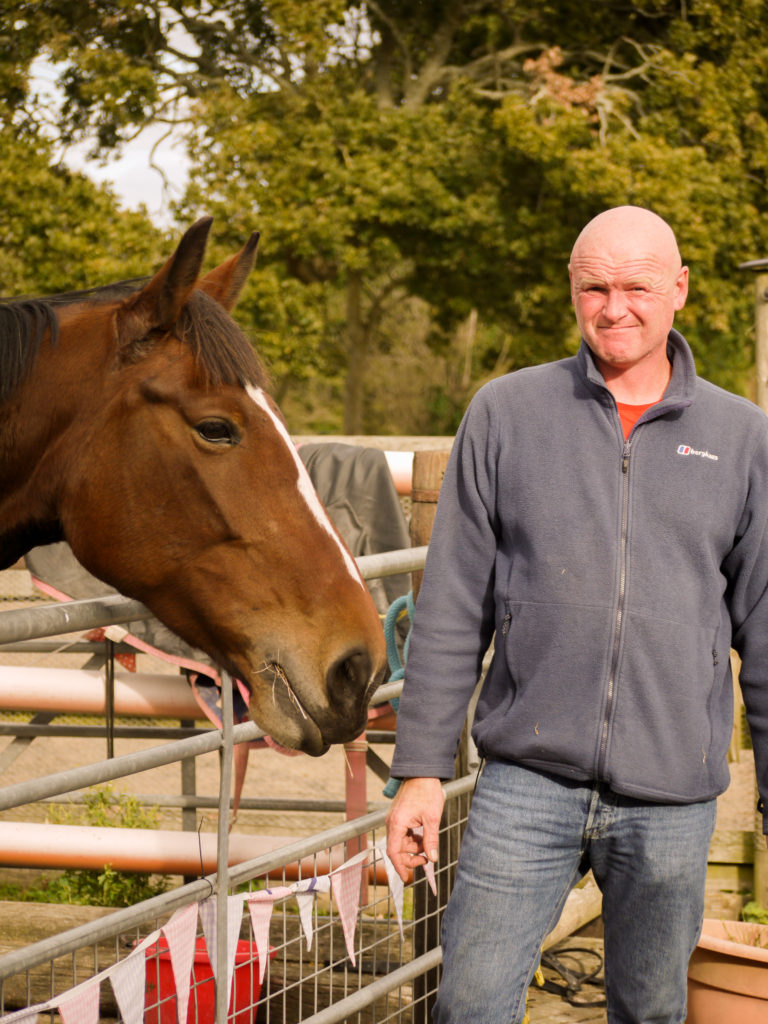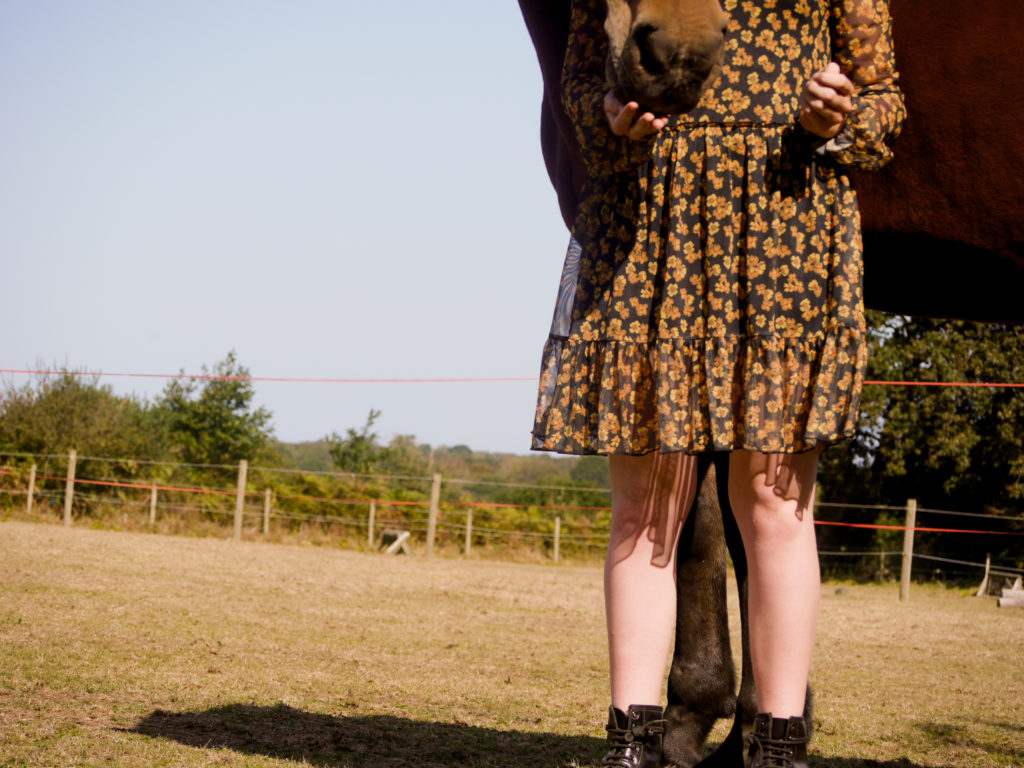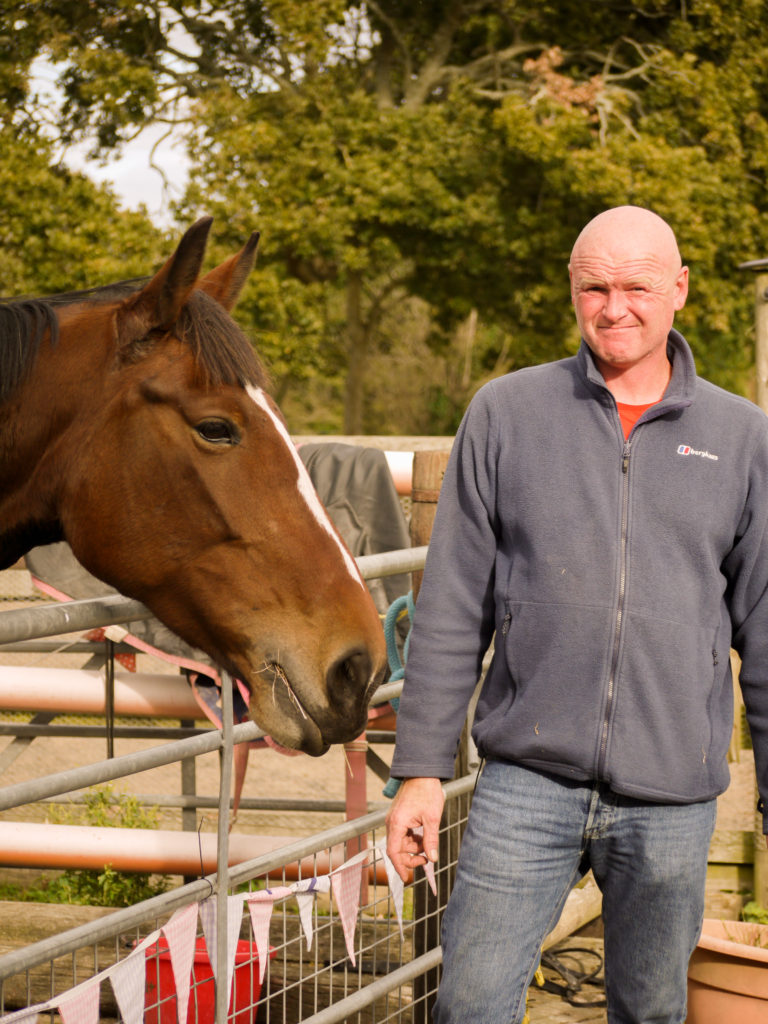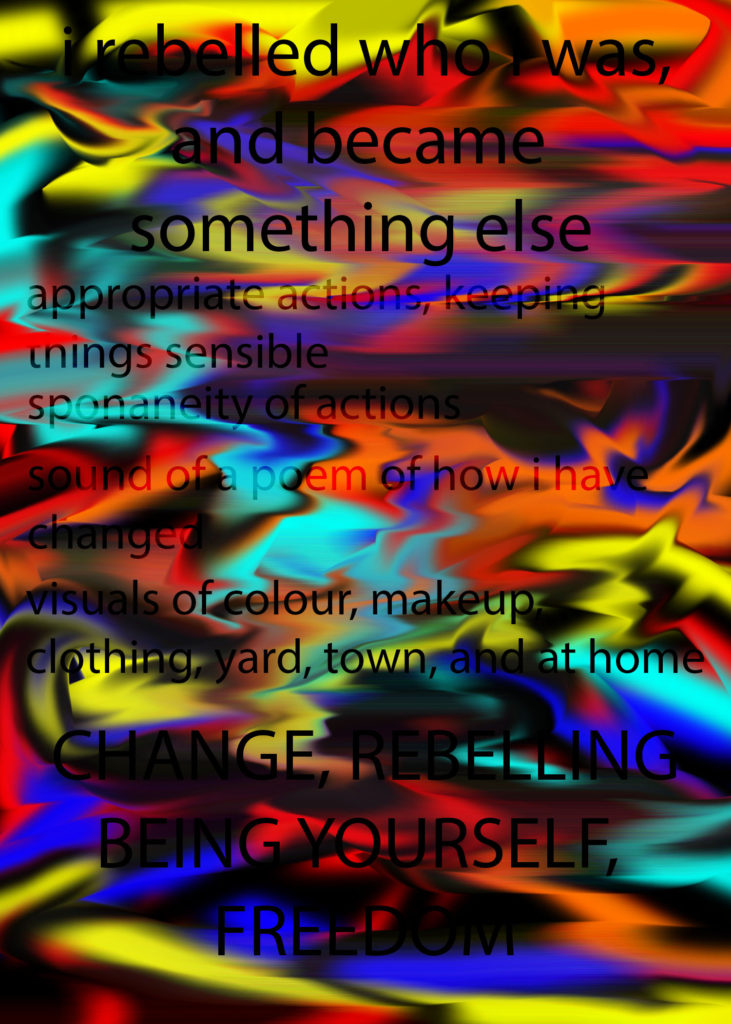Claude Cahuns work can be seen as political as she typically investigates and questions gender norms, both in her work and in her personal life. A quote from an article states that she ‘defied conventional ideals of beauty and femininity with her shaven head and male attire’, which would have been unheard of during the time period she had lived through and the household she was brought up in. During her life Cahun rebelled what was supposed to be normal, as women were told to dress like women in dresses and wear makeup, to look feminine, whereas she went against this and was different. I feel Claude Cahun is the epitome of rebellion. During WWII she and her lover, Moore, produced anti-German fliers and had placed them in soldiers’ pockets, on their chairs and in cigarette boxes for the soldiers to find. Their work was not only a political act but an act of their artistic views, to manipulate and undermine the authorities they hated. They were active resistance worker and propagandists. What they did was dangerous. Maybe Cahun actively rebelled to express her inner feelings and to make her feel free. Another quote from another article describes Cahun perfectly, ‘actively working against suppression of liberty and freedom’.

The lighting within this photograph is natural, as when this image was produced artificial lighting wasn’t very popular so wasn’t used often. However, the natural lighting has been carefully placed, in front of the face, so that it is illuminated. There is also light coming from above, which creates this glare over the mirror. This image is in black and white to allow for strong contrasts to be created. In the image there is also a strong tonal range, as it has dark blacks and bright whites. Some elements such as, the background and the table the mirror is on, looks 2D and flat, due to a lack of texture and shadowing. Whereas some elements such as, the mirror and the face, look 3D, due to intense shadowing and the glare from the lighting. The face is placed within the centre of the image, making the viewers eyes be instantly attracted to it. During the time this image was taken Cahun was living in Jersey, which was under occupation from the Germans. This image links to this time period as the face looks trapped within the mirror, similar to how people would have been feeling living in Jersey. This image also reflects how Cahun may have felt as a child growing up in a Judaism household and believing the things she did.
Shannon O’Donnels work can be seen as political as she mainly centres her work around taboo subjects, such as gender norms, abortion, and women’s rights. In one of her films, which comprises of strong visuals, a spoken poem and interesting ambient sounds, That’s Not the Way the River Flows, O’Donnel investigates gender constructs, and what it is meant to be feminine, masculine and non-binary. This subject matter is not mention regularly in the media or in art as it sparks controversy and criticism, however O’Donnel still questions these themes and it almost as if she wants to start up controversy as then the matter will then be discussed. In a recent piece of work, The Cat and the Mice, Shannon O’Donnel investigates an all women political movement called the suffragettes and how they protested in order to gain the vote for women. To do this she went back to places of significance and photographed these places. She also took photographs of contemporary activists. In another piece of work, Abort Mission, O’Donnel, investigated abortion and how the church views this act. For this photobook, she took lots of images of women and those who protest for and against abortion.

The lighting in this photograph is natural/daylight. It is very bright and allows all the aspects of the photograph to be seen clearly and with clarity. The white balance is natural, and there are no weird tinges of unnatural colours. The colours within this image are very basic and plain, which relates to the nature of the picture from SHANNON O’DONNELL from her series of photos from a period of time when her mum was in hospital. There is a lack of tonal range in this image, as there are mainly just white and light tones. This lightness relates to the clinical feeling within the hospital. The lack of dark tones may also connotate to how O’DONNELL felt during the time her mum was in hospital, positive and hopeful. Overall, the image is full, the layout however is simple and looks very aesthetically pleasing. All the objects are mainly centred around the middle of the image, which leads the eye towards the centre of the image. The shadow of light on the fall contrasts heavily with the solid bed photographed adjacent to it.
Cahun and O’Donnels subject matter is fairly similar as they both look great detail into gender stereotypes and make interesting and eye catching images that make the viewer think and ponder their own feelings on the ideas the photos have displayed. Although Cahun lived and produced her work during the 1900’s she still creates very similar work with almost identical intentions to O’Donnel who is living in the 2000’s.

